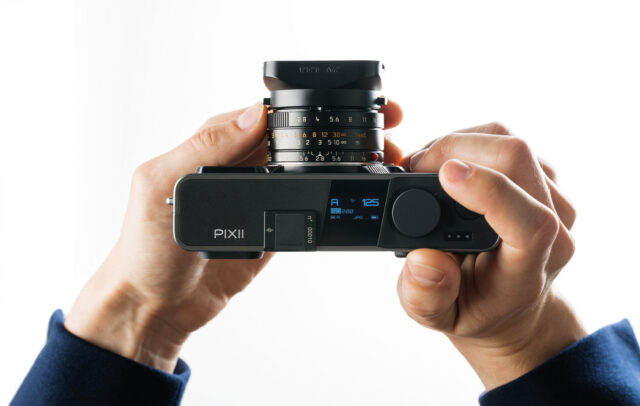
Isn’t this exciting news? A brand new rangefinder camera, a completely independent design, a modern approach to combining tradition and modernity, and yet full compatibility thanks to M-mount. All this is promised and will be covered by the Pixii rangefinder camera review. The Pixii is now available in its third version, the model A2572 with a 26 MP APS-C sensor. Here is the full review.
Let me get this out of the way: I received the camera for this Pixii rangefinder camera review on loan from its manufacturer, Pixii SAS, in France. No strings were attached, and no attempt to steer my review in any particular direction. On the other hand, the Pixii team was very helpful in answering some of the questions that came up. Overall, I can confidently say this is an unbiased review, and I would like to thank Pixii for their trust in me in many ways.
You can read a German version of the Pixii review here / Lesen Sie hier eine deutsche Version der Pixii Review.
1. Introduction: What’s on the table for a Pixii rangefinder camera review?
The Pixii is, in some ways, the most modern rangefinder camera imaginable. There was no legacy to consider when designing the body. Not a moment’s thought about whether a removable base plate was important or not. They were able to start from scratch at Pixii, and they took on the challenge with a lot of courage. They did not try to make an overtly Leica-like camera, nor did they forget that it is a good idea to make a rangefinder camera look like what the target group expects from a rangefinder camera. All technical specifications of the Pixii model 2572 can be found here.
The Pixii rangefinder camera is the most modern answer to an 80 year old question
The first impression in the process of writing a Pixii rangefinder camera review could be described as follows: “This is a moderately modern looking camera with some classic virtues. The all-metal body feels very solid, and the M-mount bayonet looks well made, as does the optical viewfinder with the familiar split-image focusing. The Pixii has very few controls and feels even more purist than a Leica M.” In many ways, it reminded me of the -D Leica M models.
The APS-C sensor get top marks and produces a 1.5 crop factor
While Leica’s M line has been full-frame since the M9, the Pixii uses an APS-C-sized sensor. I asked founder David Barth where they get it from during my research for this Pixii rangefinder camera review, but in contrast to his general openness, he did not want to be quoted on this. What I can say for sure is that it is not the same sensor that Leica used in the CL and TL2 digital cameras. The Pixii has 26MP as opposed to the Leica’s 24MP. And it has a Bayer array and not Fujifilm’s X-Trans pattern. More on that later. The sensor is always fully exposed, the Pixii has no mechanical shutter.
The Pixii rangefinder camera is better used with the Pixii app*
The Pixii relies heavily on connectivity. To use it properly, you must install the Pixii app on your smartphone. Connection is via Bluetooth or, preferably, an (existing) wireless network (WLAN/WiFi). You will also need to connect the camera to your computer in order to download large numbers of images. Remember, the Pixii does not have a rear display or electronic viewfinder to view the pictures you take with it.
*It is technically possible to use the Pixii almost completely without the app (see the comments section), but it is the opinion of the reviewer that this makes little sense as the whole concept of the camera is based on connectivity.
2. The outward part of a Pixii review: mechanics and ergonomics
When I took the Pixii out of its very nice and stylish box (Apple look and feel), it immediately reminded me of the Konica Hexar RF, one of the most advanced rangefinder cameras ever made (read more about it in this The M Files episode). The Pixii conveys the same sense of density and quality. Even the form factor is similar, with a small nod to the legacy of rangefinder cameras. The few controls are well-made and feel solid. There is no door for a memory card slot (in fact, the Pixii only uses internal memory), and the battery compartment is closed with a removable cover that also seems well-made. All in all, the build quality is impressive. Nothing prototype, nothing unfinished, nothing tinkered with.

Excellent engineering and a slim silhouette
Lenses are attached in the usual way, using an M-mount bayonet. This works very well, and the Pixii workshop seems to have mastered the business of tenths and hundredths of a millimetre. David Barth told me that he set up the company in the French town of Besançon partly because of the watchmaking tradition there and the resulting availability of highly skilled mechanics. The Pixii rangefinder camera review shows that this body works best with small to medium-sized M-mount lenses. The largest (in terms of diameter) will block the optical path of the rangefinder, making it impossible to focus. The rather massive Zeiss Distagon 35/1.4 ZM (joint review with the 18/4 here in The M Files) works fine, as do most Leica M lenses. The Summilux 21 is too big, as is the Zeiss Distagon 18/4.
Bad news for wide-angle lovers: The 28 turns into a 42, the 50 into a 75
As this is an APS-C sensor camera, there is a crop factor to consider. The camera can display frame lines for 28, 35, 40 and 50mm lenses, but mind you, all this is in full frame. This means you get an effective focal length of 42, 52.5, 60 and 75mm. If you need a wider angle of view, you will need a very short full-frame lens as well as an external viewfinder. You can select focal lengths below 28mm in the Pixii’s menu, but only for your EXIF data (although this is useful).
Some of the new wide angles seem almost made for the Pixii rangefinder camera
In this respect, the Pixii has its limitations, mainly due to its APS-C-sized sensor. On the other hand, a number of super-wide-angle lenses have become available in recent years, many of which are fairly affordable and reasonably fast. And as the camera only uses the centre of the image, the often weaker corners of such lenses are of no consequence. Mechanically, there is nothing to prevent the Pixii from using super wide-angle lenses, as long as they are not too large.
A bit slimmer and remarkably lighter than a Leica M
The body, as my measurements for the Pixii rangefinder camera review are showing, is neither particularly small nor exceptionally large. It measures 138x79x33 millimetres (excluding the slightly protruding eyepiece, rear controls and bayonet mount). By comparison, the Leica M11 is slightly thicker at 139x80x38.5mm. When used side by side, the Pixii and the M10 appeared to be of very similar size, however. The Pixii weighs in at 460g with battery, the M11 at 530g (black) and 640g (black), so the Pixii is noticeably lighter. The colour — you can choose between space grey and black — makes no difference to the Pixii’s weight.
3. The Pixii rangefinder camera review in a nutshell: How good are the pictures?
So how good are the Pixii’s pictures? I will try to answer the most important question in several steps. First, I will look at colours, white balance, exposure and high/low ISO performance to see if I can practically confirm the excellent scores from the DXO ranking. Then I will look at jpg and DNG file quality, both in colour and black and white. Finally, I will share some thoughts on the rolling shutter effect and other more specialised aspects. I hope that this covers most of the questions that Macfilos readers have posed.
High expectations for a DXO-winning sensor
The sensor in the current model of the Pixii rangefinder camera, the A2572, scored a remarkable 90 points on DXO. This makes it the best sensor ever used in a rangefinder camera at the time of testing, including the Leica M10. However, the Leica M11 surpasses the Pixii with an incredible 100 points. But in any case, the Pixii sensor with its 26 MP (6228×4136 pixels) is more than promising.
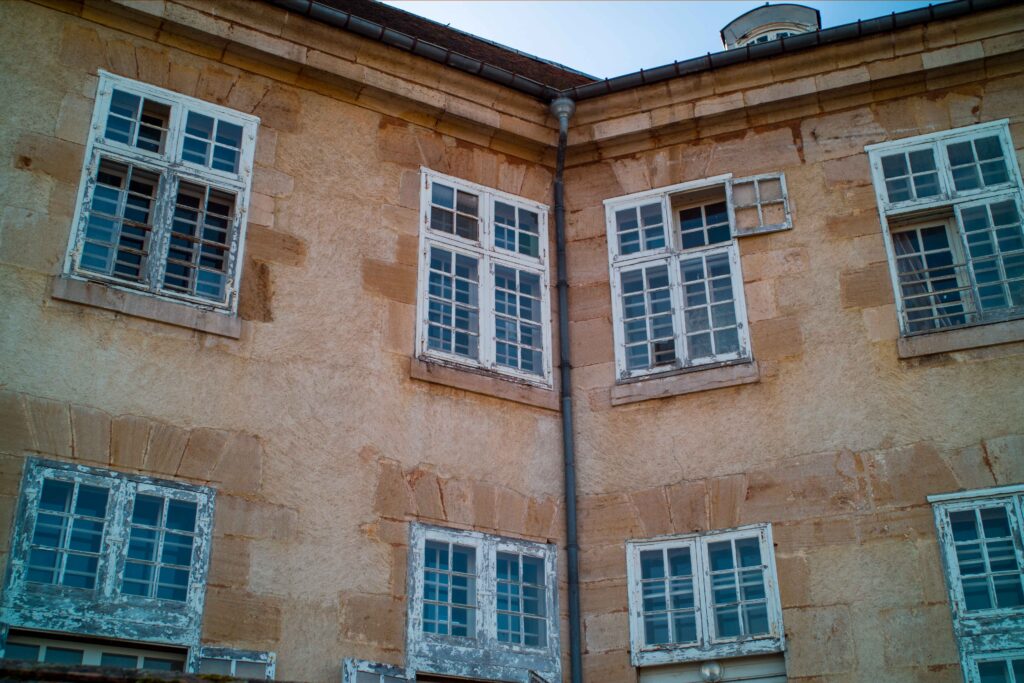
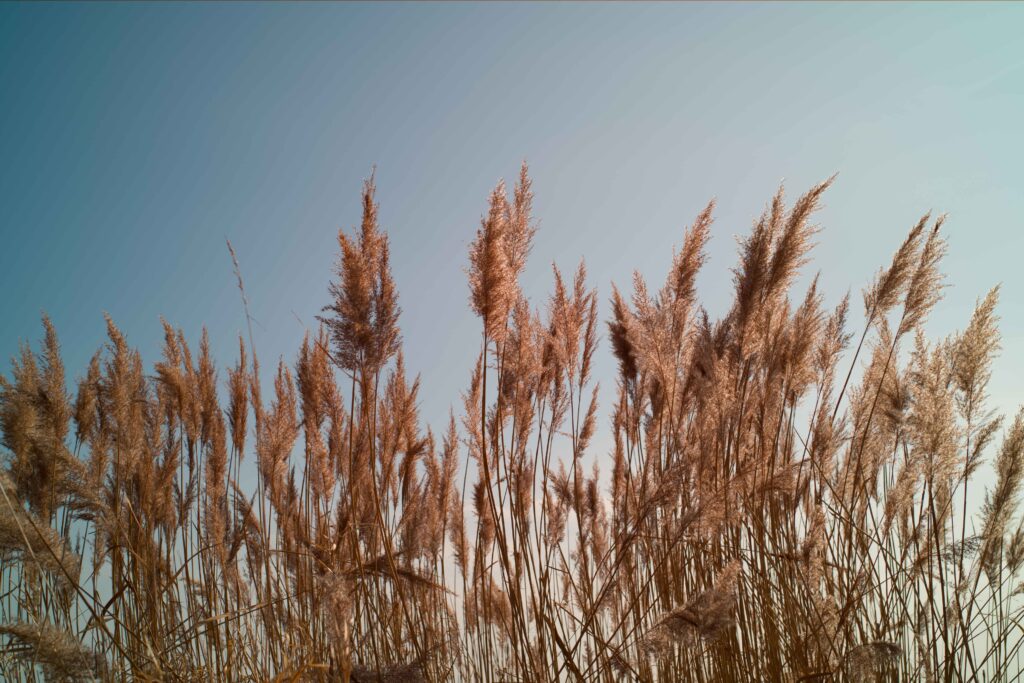

The Pixii rangefinder camera review shows an impressive dynamic range
In practice, the dynamic range is impressive, to say the least. The manufacturer claims 13.5 EV which seems realistic in real life use. The Pixii rangefinder camera review shows that even severely underexposed images can be safely recovered in the DNG workflow without visible loss. Burned highlights can appear, but the risk is much lower than with the (notorious) M10. Basically, there is no need to be afraid of poorly exposed images, as almost everything can be corrected in post-production. With high-contrast images, it is even possible to create an HDR-like effect (if you like).
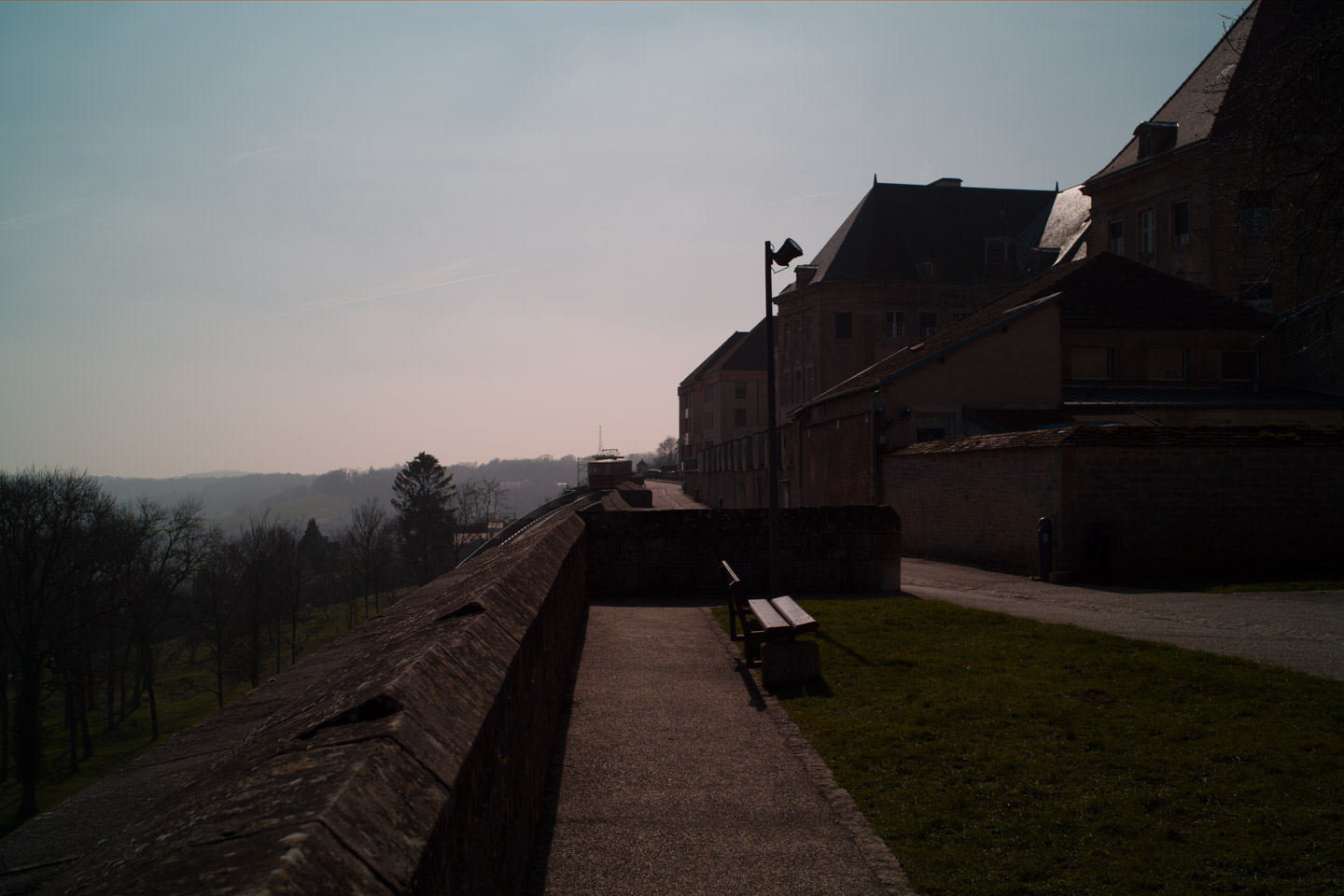
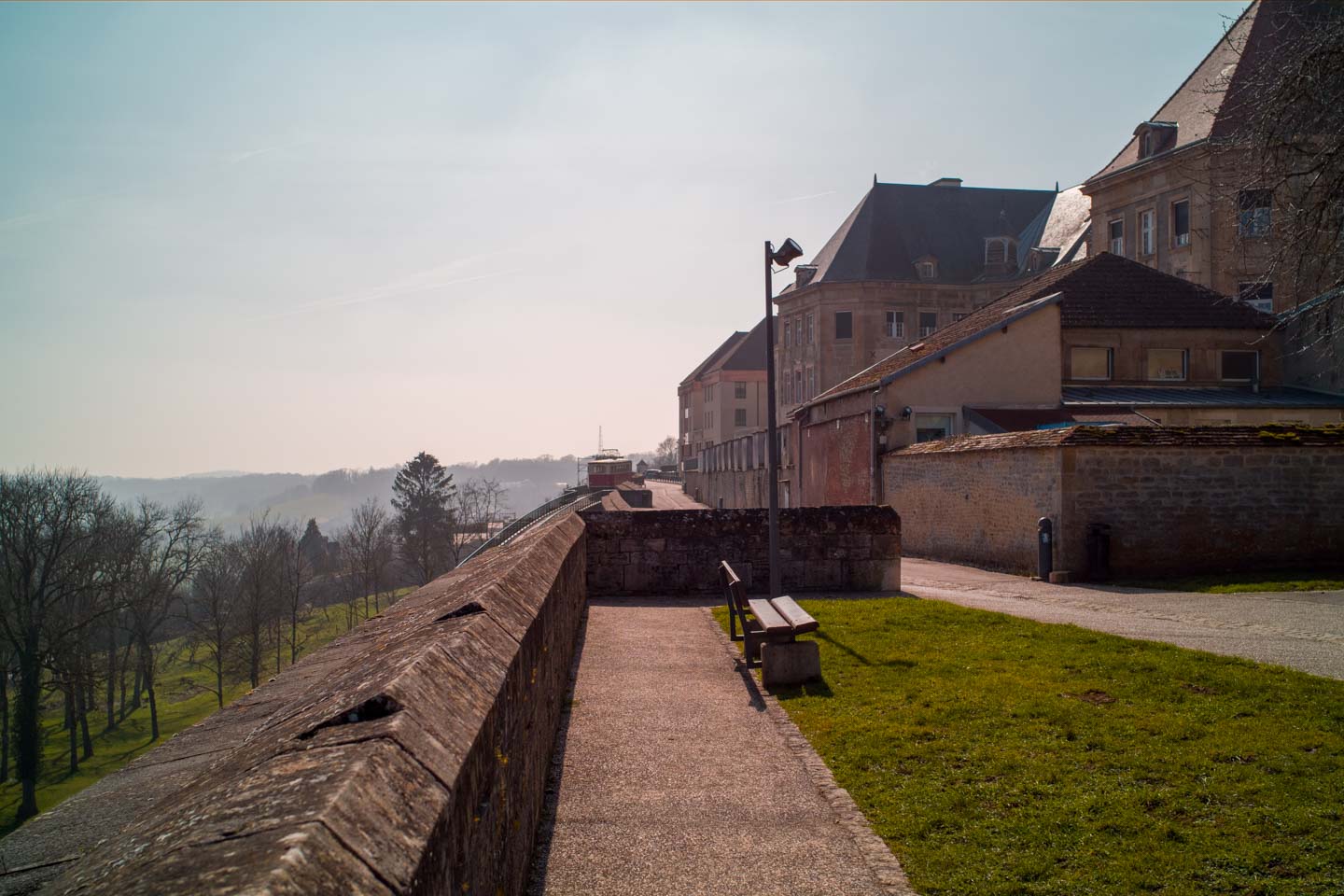
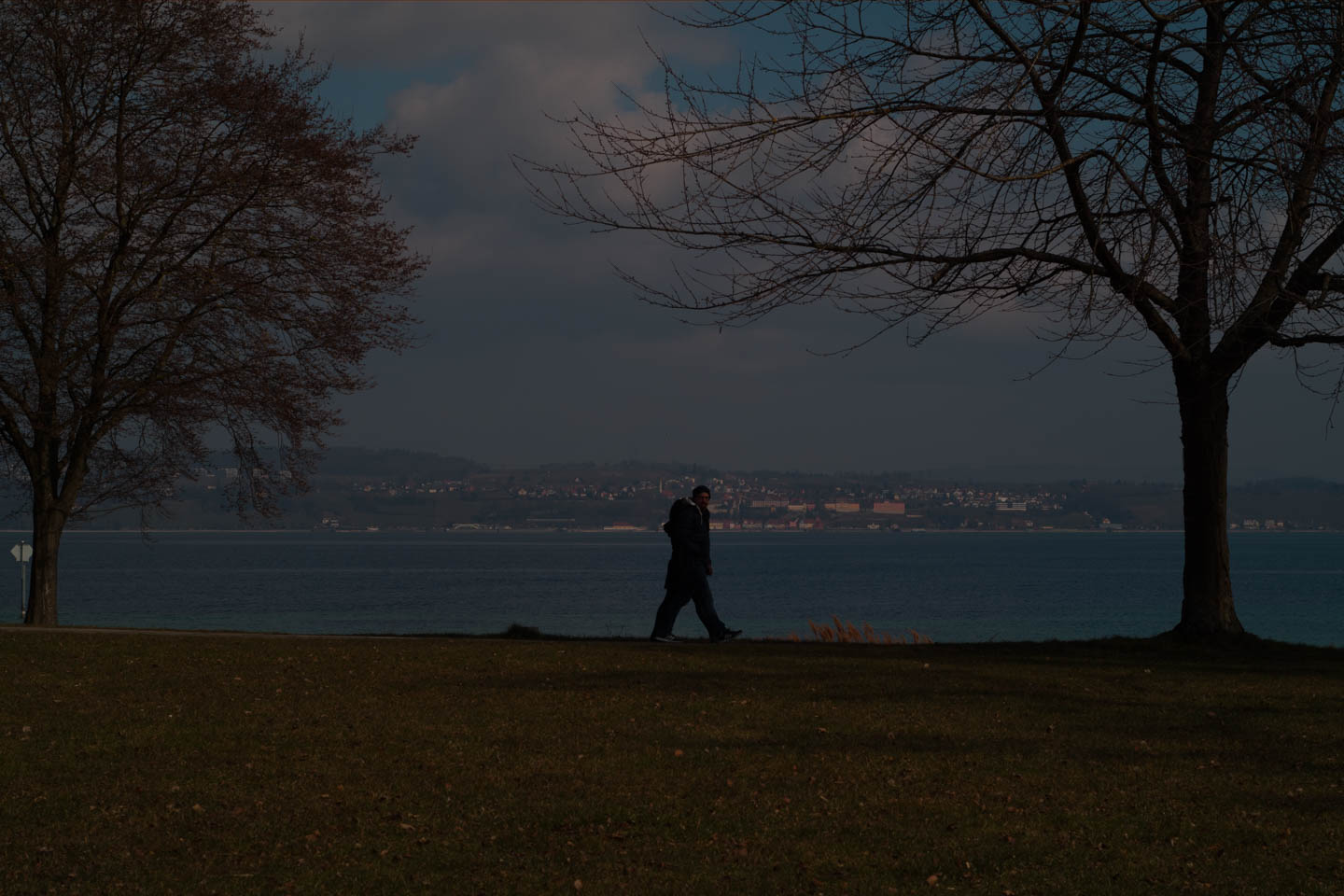

For the best image quality, watch out for fast shutter speeds
With the very good high ISO performance of the Pixii’s sensor, the user’s focus should be on short exposure time. The filter’s dense package leaves no room for error. As we have seen, a well-adjusted rangefinder can guarantee perfect focus. But remember that with ultra-high resolution sensors, even minimal camera shake can become a serious problem. Do add a generous helping of ISO and look for the shortest shutter speeds possible. It is not a bad idea to aim for 1/500 with a 50mm lens.
Another finding in the Pixii rangefinder camera review: Average metering is erratic, centre-weighted much better
The enormous dynamic range is actually quite necessary because of the Pixii’s metering. I started with average metering, which gave me absolutely inconsistent results. Two more or less identical shots, taken within a second or less, could differ by several f-stops. This seems to be a software problem, as all metering is taken directly off the sensor. I then switched to centre-weighted metering, which gave me much better results. But then again, this could just be me getting used to it, having shot tens of thousands with the M240 and M10.



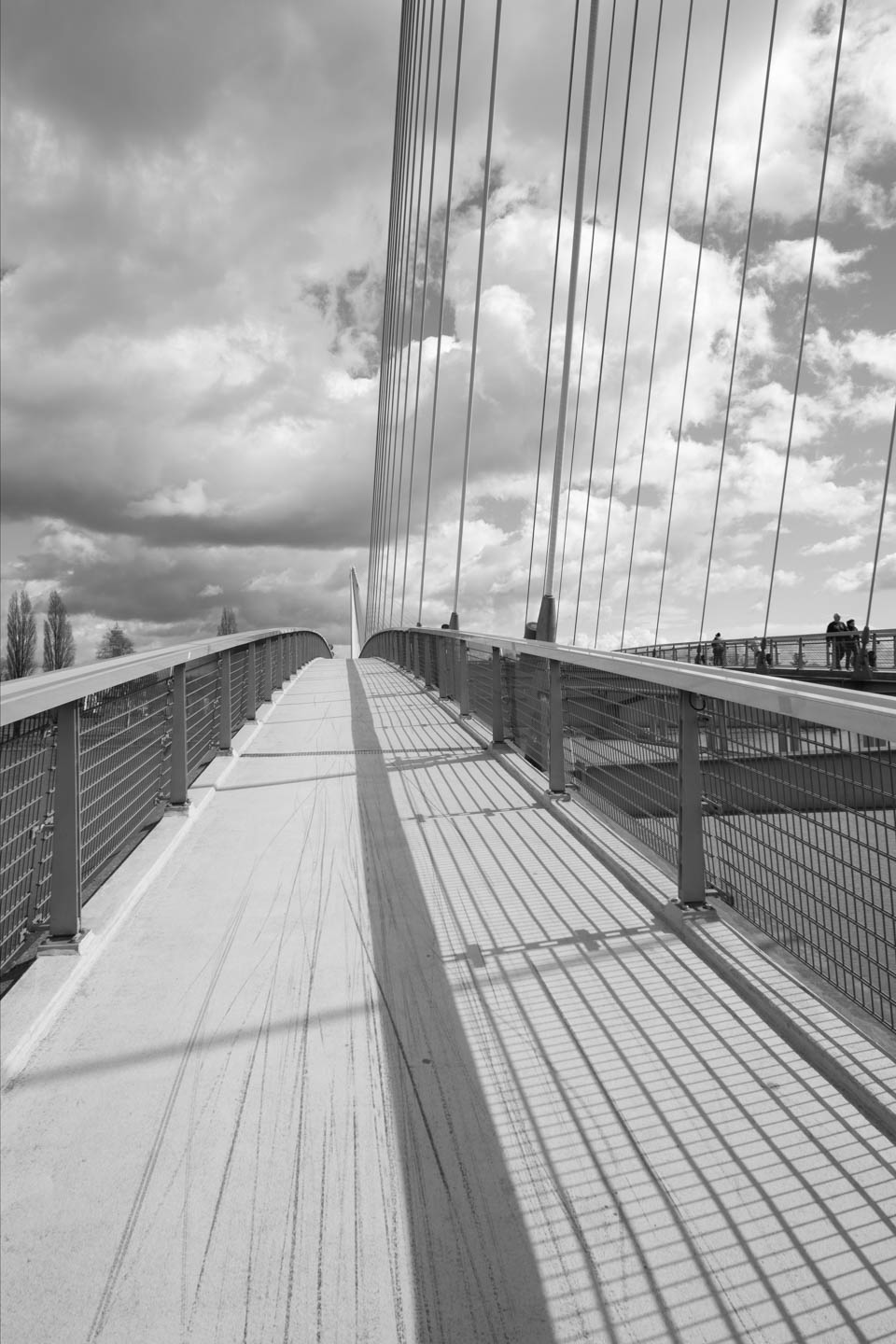
DNG files from the Pixii rangefinder camera are great, but…
Colour rendering and white balance are closely related, and what I saw was mostly very good straight out of the camera. Mind you, when shooting RAW, it’s all a bit provisional, as the ‘development’ of the images takes place on your computer. The standard Adobe profile worked well for this, giving me images with a noticeably warmer rendering than I am used to from the digital Leica M. This was particularly true of the Zeiss ZM lenses, where the result was especially pleasing.
… JPGs can be awful, the Pixii rangefinder camera review reveals
Speaking of image files, I can’t help but be critical of the JPGs the Pixii produces in some cases. Especially in very bright areas, artefacts can appear that completely ruin the image. This was the case before and after a major camera software update. As good as the RAW files are, the JPGs are prone to errors. On the other hand, if a camera supports the universal DNG format, why rely on JPG at all?
Black and white DNGs are pleasing as OOC files
Finally, a word about the black-and-white mode. This is heavily hyped by the Pixii team; I think, for marketing reasons. They promise excellent black-and-white DNG files, and the result is indeed good. But the Pixii can’t beat physics. Its black and white DNGs are certainly good, but they are no more than converted colour images. The Pixii’s sensor has a Bayer filter, period. So, the main difference is that the camera can save the b/w images in DNG format. This may give you a bit more dynamic range. However, you sacrifice the ability to create your own black-and-white image from a colour original by actively working with the channel mixer of your post-processing software.

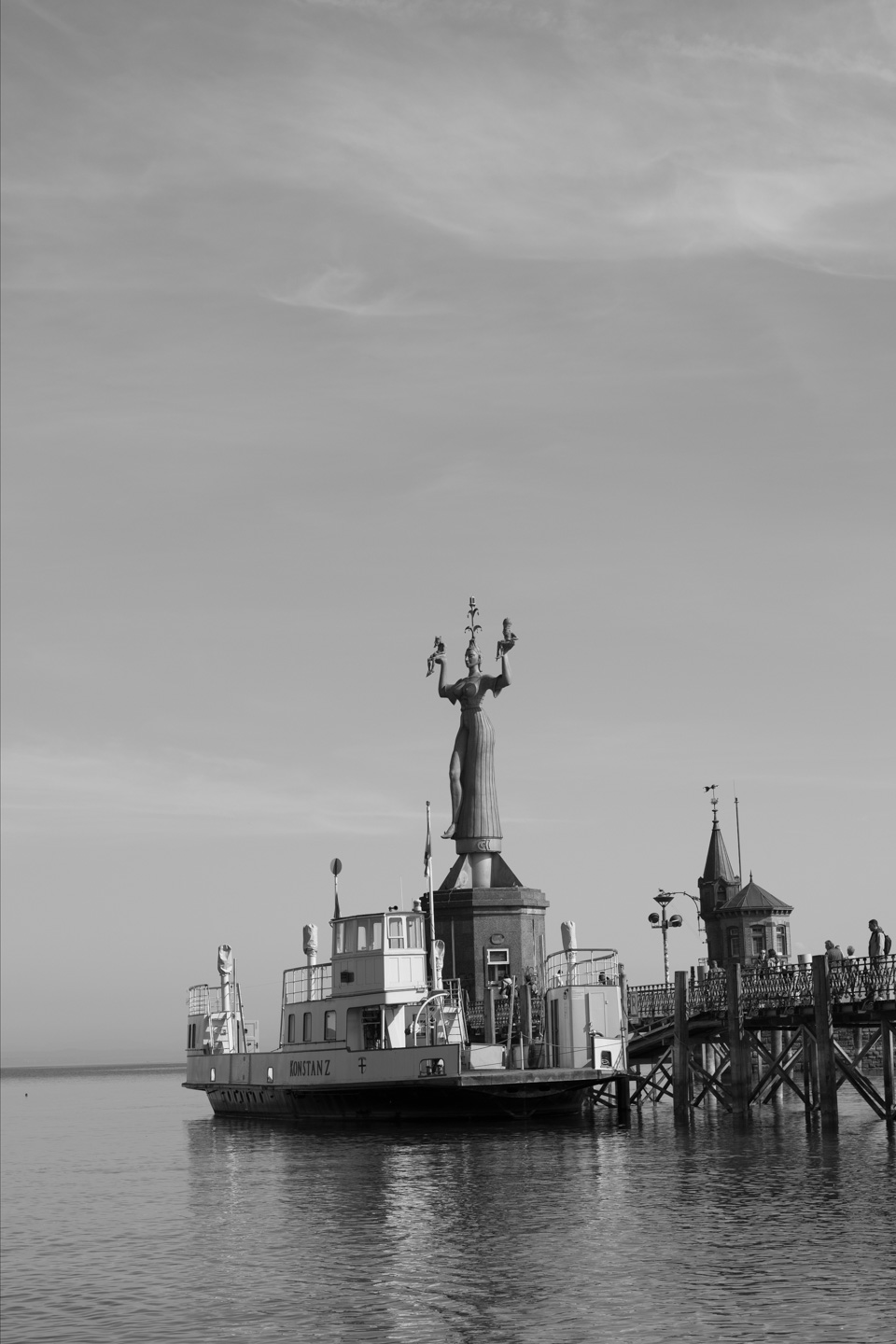

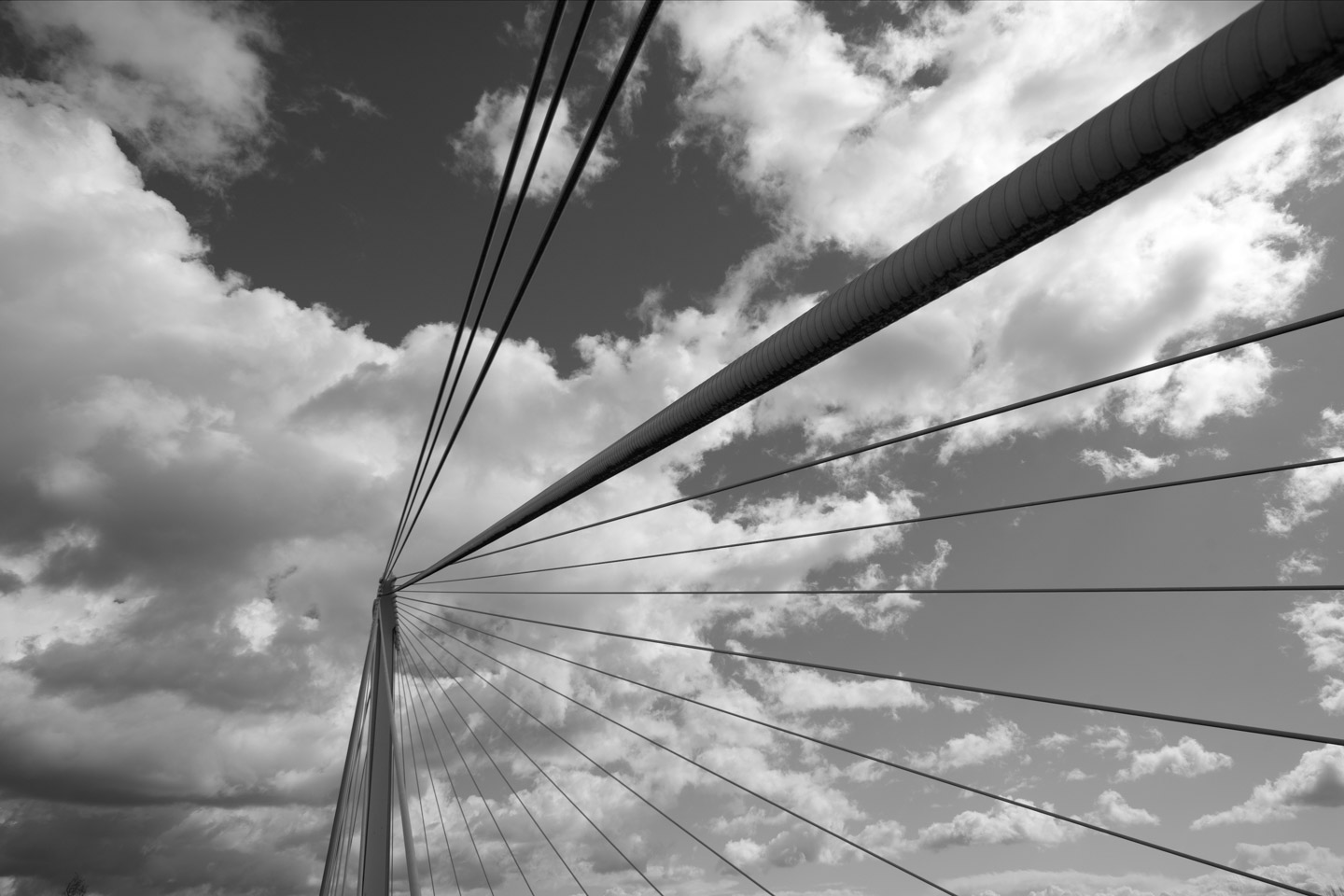
The Pixii rangefinder camera can’t match a Leica Monochrom
The moment of truth in this Pixii rangefinder camera review was using an orange filter in monochrome mode. While this greatly affects (and often improves) the results on the M10 Monochrom, it seems to make virtually no difference on the Pixii. My explanation is that the camera somehow compensates for the filter, making it more or less useless. Speaking of which: The black and white images from a real monochrome camera are in a different league to the Pixii’s. I recommend leaving the Pixii in colour mode, choosing DNG and creating black-and-white images in post-production.
Rolling shutter? The Pixii has a good grip on it
There are many other aspects of the sensor/image processor that are important to the image quality of any camera, and I will mention at least a few of them. Sensor readout seems to be exceptionally fast; I could hardly detect any rolling shutter effects. That’s good news because, after my experience with the Sigma fp-L, I’d somewhat lost faith in an all-electronic shutter. I was able to achieve some effects when shooting cars passing by at a close distance and in fluorescent (neon) light – but all in all, the performance is impressive. Sensor readout must be really fast, maybe the merit of the 64-bit processor.
Flash? Not possible with the Pixii
Regarding the exclusively electronic shutter, it should also be said that the Pixii does not offer any possibility to connect a flash. The accessory shoe only has a mechanical function and offers no electrical contacts. For many people, rangefinder photography and flash don’t go together anyway, and LED-based continuous light sources are getting better and better. Nevertheless, I find the absence of a hot shoe a shortcoming. And the fact that a purely electronic shutter and fast flash synchronisation are not mutually exclusive has been proven since the Nikon Z9 at the latest.
No hassle with smearing off-axis, only occasional colour drift*
Another question is how much a thick stack of filters in front of the sensor and/or very deep pixel wells affect image quality. We know this from using wide-angle lenses with a rear nodal point very close to the sensor. Many otherwise great wide-angle rangefinder lenses perform poorly on Sony’s A7 series, for example. In this respect, the Pixii has little problems. Even with notorious lenses such as the Zeiss 35/2.8 (review here in The M Files) or the Voigtländer 21/4 (more on this here in The M Files), I saw no corner smearing and only occasional* drift. But truth be told, colour drift is often erratic. And, of course, the Pixii’s APS-C sensor only uses the central part of a full-frame lens, so the light rays hit the sensor at a more favourable angle by sheer physics.
*I changed this paragraph a bit after some knowledgeable feedback. In fact, the image below does show colour drift with a red tone in the centre and a blueish cast toward the margins.
4. The hardest part in any Pixii review: Which M mount lenses are the best fit?
It is impossible to give a definitive list of lenses that work particularly well with the Pixii. The options within the M mount universe are simply stunning. Personally, I felt most comfortable with 28 to 50-mm lenses, which saved me from fiddling with an external viewfinder. Smaller lenses, in my opinion, fit the compact body better. I tested the camera with a wide range of lenses and found some to be particularly good.
A more affordable camera does not mean you should use inferior lenses
If you assume an inferior lens would do for the more affordable (compared to a new Leica digital rangefinder camera) Pixii, think again. The Pixii rangefinder camera review actually proves the opposite. The 26 MP APS-C sensor is very demanding indeed. It has a very small pixel pitch of 3.76µm. This is the equivalent of a 61 MP full-frame sensor, and you would not want to be cheap on lenses for such a camera. On the other hand, the Pixii only uses the area where most lenses perform best. So, you will not need an APO-Summicron for thousands of euros to get great results.
Zeiss ZM lenses are a good match for the Pixii rangefinder camera
Good flare and veiling control are a big help in achieving sharp, high-contrast results. The Zeiss T* coating is class-leading, so I can highly recommend the Zeiss ZM lenses for use with the Pixii. The Biogon 28/2.8 proved to be excellent. It has quite a bit of vignetting in full frame, but it almost disappears in the APS-C sensor. The C Biogon 35/2.8 is another wonderful choice, its resolution is legendary, and colour drift is simply cut off by the smaller sensor. The Planar 50/2 has the same excellent sharpness. And the best of all: All these lenses are affordable. Read more about the Zeiss ZM lenses in The M Files, episode 5 (25/2.8; 35/2.8; 50/2.0), episode 11 (18/4; 34/1.4), and episode 12 (21/2.8; 28/2.8; 85/4).
Voigtländer, Minolta, Leitz: many more lens options for the Pixii
Other lenses I have used with good success for the Pixii rangefinder camera review include the small and stunning Voigtländer Ultron 35/2, which easily copes with the demanding sensor and is hands down a better performer than the Nokton 35/1.4, which itself is very compact. Staying with small lenses, I also used the Minolta M-Rokkor 28/2.8, a much-underrated lens once made for the Minolta CLE. If you can get one without the cement problem on the inside of the front lens, don’t think twice. Pixii founder David Barth had the Leitz C-Summicron 40/2 on his own camera and says it gives him images full of character.
Great candidates for a Pixii rangefinder review: Voigtländer 35/2.0 and 40/2.8
A super wide-angle lens can be essential with the Pixii rangefinder camera
I think super wide-angle lenses are particularly interesting with the Pixii rangefinder camera. I did not really bother with a 21mm lens in the limited time I had for this Pixii rangefinder camera review. The crop factor would only give me 31.5mm, which is not worth the hassle of an external viewfinder (read here a comprehensive The M Files episode on attachable viewfinders). The Zeiss 18 became a 27. but it is still not really super wide. I then used the Laowa 14/4, a very affordable full-frame lens, with decent results as a “21”. Sharpness is okay, colours tend to be red. I was also able to borrow a Voigtländer 12/5.6, version II (it was later improved to version III, but this was also discontinued), which seems to be a viable 18mm equivalent. The exciting Voigtländer 10/5.6 would make a stunning 15mm, but I did not come across it.
Great results with Leica lenses between 28 and 50mm
Moving on to Leica lenses, I used the APO-Summicron 50 with excellent results. In fact, I started my Pixii rangefinder camera review task with this lens to ensure it wasn’t the lens if the result was disappointing. After some testing, I felt confident to try the Summicron 28 with equally superb results (it is a brilliant lens, after all), the Summicron 35 ASPH I. and the small Elmarit 28 (first ASPH. version). I would recommend any of these Leica lenses for use on the Pixii. But then again, if you can afford a Summicron, a (second-hand) Leica full-frame camera might not be out of your range either.
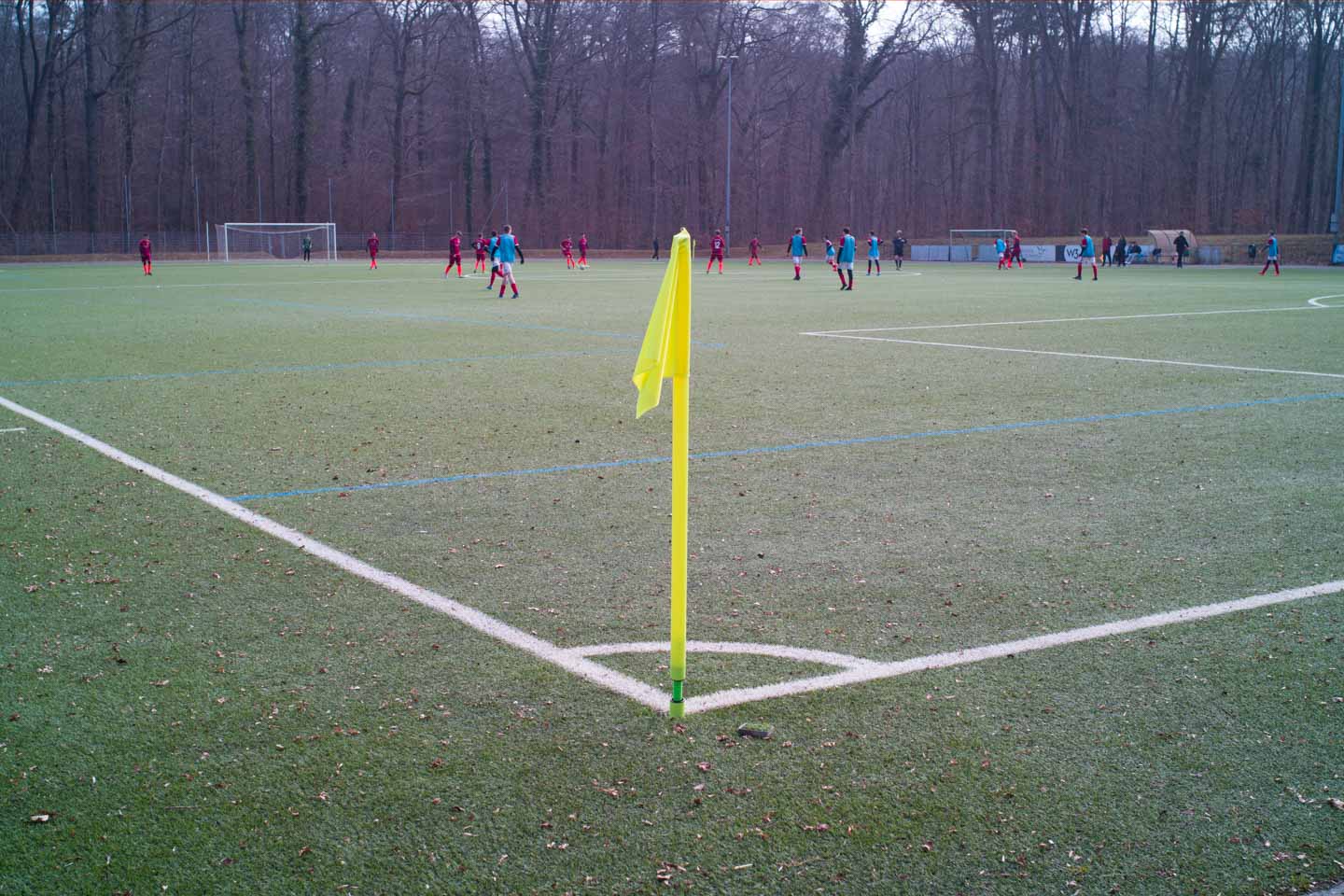
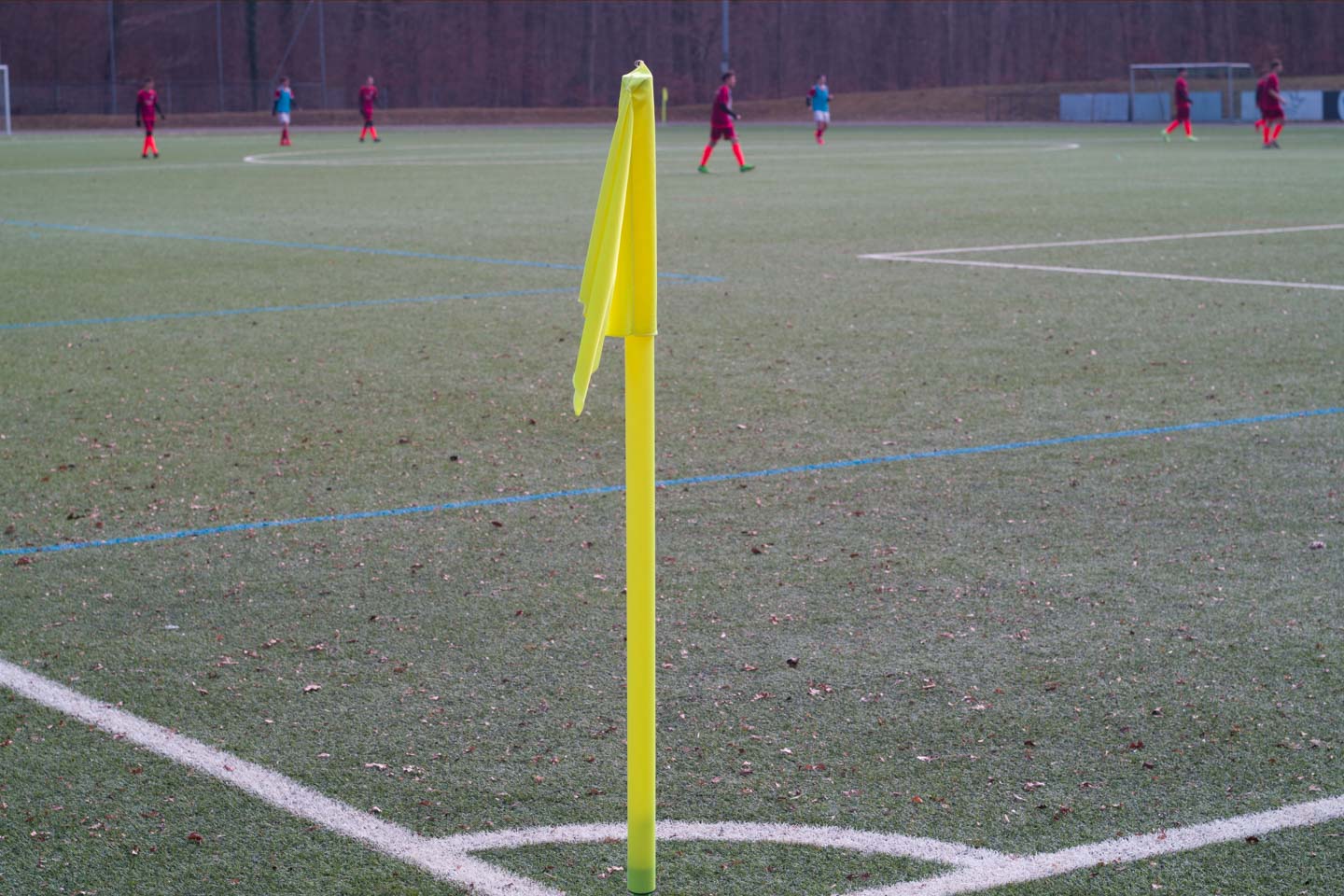
No cheating possible: The Pixii rangefinder camera has no correction profiles
In all cases, remember that it’s all about the pure optical performance of the lens. The Pixii makes no internal corrections. There are no lens profiles, and the camera cannot detect or be told which lens is currently attached. All you do is select the focal length. You can, of course, apply correction profiles in post-production. I did not, however, in order to keep the images as they came out of the camera and preserve the moment of truth.
5. What I found out about connectivity in the Pixii rangefinder camera review process
Apart from lenses, there are many other aspects to the practical use of the Pixii. As I said, connectivity is a crucial key. And this is where I saw light and shadow. The Pixii app works perfectly and intuitively. I ran it on an iPhone 11 with very good results. You can see David Barth’s history as a software engineer, and he told me that iOS is the reference. I have nothing to say about the Android version of the app.
You choose: OLED on the camera or interactive viewfinder?
The Bluetooth connection is easy to set up and reliable. Of course, Bluetooth is far too slow to transfer huge DNG image files to your smartphone. But it does allow you to set all the parameters on the Pixii without using the camera’s menu. That’s helpful, but I have to admit that I really liked the dedicated menu in the Pixii itself. I came to love the fact that it could be set using both the OLED display on the shoulder of the camera and the electronic information displayed in the unique interactive viewfinder.
Everything works better when the Pixii rangefinder camera is connected to a WiFi network
So, the WiFi connection comes into play. It worked very well at home at the start of the Pixii rangefinder camera review period, at least in places with a strong signal. You can see the image you have just taken almost in real-time, and you can download the DNG files for further processing on your device. There is even a Live View function with remote control. After a software update to the camera, the WiFi connection became a little unstable. All attempts to connect the Pixii to a WiFi set up by the iPhone itself failed. David Barth said they were working on it.
Make sure you use a good cable for the USB-C port
Finally, you will need to connect the Pixii to your computer. It worked fine with my MacBook and a genuine Thunderbolt cable. Cheap USB-C charging cables did not work. The MacBook reliably recognised the Pixii as an SSD drive, and I could transfer files to the computer once I had set the correct USB setting in the camera’s menu. The other option, to connect a USB memory stick directly to the camera to store the images, appeared in the menu but was disabled by the software, as David told me. Perhaps this handy feature (think of travelling) will be available in a future update.
6. Reliability: You can count on the Pixii rangefinder camera – almost always
One question that has come up in reviews such as this one is whether the Pixii is a reliable camera. In general, I would say yes. Even when used in the cold and other adverse conditions, there were no faults that were not easy to fix. On rare occasions, the Pixii would freeze, which I could easily solve by removing the battery. However, you need to be quick when replacing the battery as you will lose your date and time settings, which is annoying and can only be restored by connecting the Pixii to your smartphone with the Pixii app running. Personally, I think every time the camera freezes is one too many, but I am also aware that this has happened even to Leica M11 owners.
The Pixii rangefinder camera is hungry, and the battery is small
For relaxed and safe shooting, remember to bring extra batteries for the Pixii. The camera uses Sony NP50 and equivalent batteries. On the one hand, they are cheap and readily available. On the other, they have a very limited capacity. I did not get more than 120 pictures with a fully charged battery, but I do not know how healthy they really were. Pixii admits that the battery life is poor and suggests that you think of it a bit like in film photography, where you also have to change your roll of film several times a day. In cold weather, keep the spare batteries in a warm bag and be prepared for the Pixii to drain them very quickly. Certainly not the camera’s strongest point, I have to admit, in this comprehensive Pixii rangefinder camera review.
7. Man-machine-communication: Viewfinder, display, and menu
Without a rear screen, the viewfinder and shoulder display are the only interfaces between the camera and the user, apart from the smartphone. Their performance is crucial to both user experience and results, and I am happy to report that the Pixii delivers in this area. At least after discovering a few things that are not in the manual. For example, the menu wheel requires two notches instead of one to advance.
A masterpiece of optical precision
The viewfinder is a classic optical viewfinder with the familiar rangefinder patch and a 70 cm close-up limit. It is reasonably sized (somewhat smaller than on the Leica M), very bright and fairly immune to stray light. The rangefinder on my copy was well-adjusted, I nailed focus at f/2 with a 50mm lens. The frame lines for lenses between 28 and 50mm (in full frame) are clearly visible, but I never found them too bright. Unfortunately, there is no dioptric correction for the viewfinder.
The interactive viewfinder is probably the best of the Pixii rangefinder camera
What really stands out about the Pixii is the extra information that is projected into the viewfinder. In a dot matrix style, you can see exposure time, remaining shots, ISO, exposure control and more in various combinations. This info screen, as Pixii calls it, is very useful. With a little practice, you can even make menu settings (such as colour/black and white, ISO, and exposure control) without taking your eye off the camera.
The OLED display is the more conventional option
The other option is the OLED screen. This is fairly self-explanatory, and after a few days or weeks with the Pixii, you will know the menu by heart. There aren’t too many options, and you can navigate easily using the jog dial. I had to be careful not to set anything by mistake, as my right thumb happened to be resting neatly on the wheel and the combined on/off and menu button. As for the latter: I really appreciate Pixii’s efforts to limit the number of controls. But in my opinion, it would have been better to have a dedicated on/off switch and a separate menu button.
Top of my wish list for Pixii rangefinder camera usability: Auto ISO
The menu may change with software updates. A programmable fn function (double-click the menu button) has recently been added, David told me. I would certainly include ISO, as the Pixii, unfortunately, lacks auto ISO (the feature I personally would most wish for). What’s already available is a shutter speed lock to prevent you from accidentally switching from auto to manual. And this can happen, believe me.
8. What a Pixii rangefinder camera review should also tell you
Now, you may be thinking that the Pixii is an exciting camera — and in my opinion, it is. And are wondering what else you should know. Here is some information that I am giving to the best of my knowledge and belief after several conversations with the Pixii staff. But you may want to check again before hitting the “buy now” button, as there can always be changes.
The Pixii rangefinder camera costs far less than any new Leica
Price and availability: The Pixii costs far less than any other new rangefinder camera. The current model starts at €2,699 for the 16GB internal memory version. But be aware that this is hors taxe, as the French say. If you are an EU customer, you will have to add the VAT; if you order from abroad, import taxes and duties may apply. In Germany, for example, the Pixii effectively starts at €3,211. Delivery is free.
Choose the internal storage right for your needs
You can also opt for 32, 64 or 128 GB of internal storage, with the following effects: 16GB will allow you to store around 360 DNG files (size varies, as you know), 32GB is good for around 800 DNG files (€2,899 plus tax), 64GB stores 1600 DNG files (€2,999 plus tax) and the 128GB version has room for 3200 DNG files or twice as many JPG files (€3,150 net). Personally, I would settle for the 32GB version, which gives a reasonable range even when travelling without your computer.
All Pixii rangefinder cameras are handmade in France
All Pixii cameras are handmade in Besançon, France, as David Barth told me. So, it should be no surprise that they rarely have cameras in stock. Expect to wait six weeks or more for your camera to arrive. At the time of writing, Pixii has no dealers, and it seems that they will continue to sell all cameras themselves.
No dealers yet, Pixii sell the cameras they make themselves
This raises the question of after-sales service. The Pixii team claim that they are happy to help all customers, but to be honest they seem very busy, and it can take a while to get a reply to an email. It seems that all customer service is based in France and will remain so for the foreseeable future, so you may have to return the Pixii to Besançon if you need a repair.
The Pixii’s modular concept makes hardware upgrades possible
Another reason for sending the Pixii back to France could be a hardware upgrade (just like Leica once offered for LTM and early M cameras!). Many of the Pixii’s components are designed to be replaced with newer ones, David Barth told me. For example, early buyers of the first two versions of the Pixii can upgrade to the new 64-bit image processor at a very reasonable price. I am sure Pixii will extend this to other components in the future, perhaps even the sensor — the team seemed to be serious about sustainability.
Software upgrades for both camera and app are easy
You can also rely on getting software upgrades — if you wish, the Pixii will automatically download and install them when connected to a WiFi network. This ‘over-the-air’ technology works very well, I found. A blog on the Pixii’s homepage, which keeps you updated, and the transparent documentation of all updates.
9. Conclusion: My final words in the Pixii rangefinder camera review
So, let’s come to the central question that any Pixii rangefinder camera review (in fact, any gear review) should try to answer. Is it a good idea to buy a Pixii? After using the camera for five weeks and shooting over 700 images, I can’t answer that with a straight yes or no. Because it depends on you: It depends on your style of photography, your preferred workflow, your level of expertise and your eagerness to learn and grow with your camera — and it also depends on your willingness to embrace a little adventure. Let’s put it this way:
You will be disappointed with the Pixii rangefinder camera if…
… you do not want to get really involved and want to avoid a challenge.
… an uncomplicated camera that does most of the work is right for you.
… you are not ready for a DNG workflow and expect perfect jpg files from the camera.
… you are completely new to serious photography and lack basic knowledge.
… extreme wide-angle or longer telephoto lenses are the lenses you like most.
… you just want a cheaper alternative to a Leica M camera and not the Pixii in its own right.
You can be very happy with the Pixii rangefinder camera if…
… an ongoing project fascinates you, and you want to see the camera grow in your hands.
… you are thrilled and not annoyed by a product that has just passed prototype status.
… you are ready to do post-processing to your images and have no fear of experiments.
… 40 to 75mm is a preferred focal length range in your current photography.
… you appreciate excellent image quality and know how to make it shine.
… you have experience in film photography and would like to transfer this to digital.
Your choice: The Pixii is certainly no conventional camera
You have read the Pixii rangefinder camera review to this point. Thank you, and congratulations. But now it’s up to you. You can rely on getting very good hardware with the Pixii, which is good news. The manufacturer can fix software failures much easier, after all. So, you can take up the challenge and help a great project grow by buying a Pixii. Or, with the same right, you can choose an easier route into digital rangefinder photography and buy a used Leica M240 for the same money or even a little less.
You could, for example, say: ‘How nice that I am so well equipped with my Leica M10.’ (This is my personal position at the moment.) Or you could say: ‘How great that a small start-up has made it this far, and I’m happy to be part of their journey.’ (That’s probably how many Pixii buyers feel.) In any case, I would like to express my sincere respect to all people behind the Pixii and say a heartfelt thank you to David Barth and his team. I am unquestionably highly impressed.
So, what do you think?
After reading the Pixii rangefinder camera review, are you in a buying mood or not? What surprises you in the review, what confirms your thoughts? Which features are missing from the Pixii in your eyes? What did the team get right? Do you see a future for a rangefinder camera manufacturer besides Leica? What future do you see for APS-C? And would a full-frame Pixii be a game changer for you? Discuss in the comments section below. You can also let me know if you want a few images in full resolution.
Want to contribute an article to Macfilos? It’s easy. Just click the “Write for Us” button. We’ll help with the writing and guide you through the process.


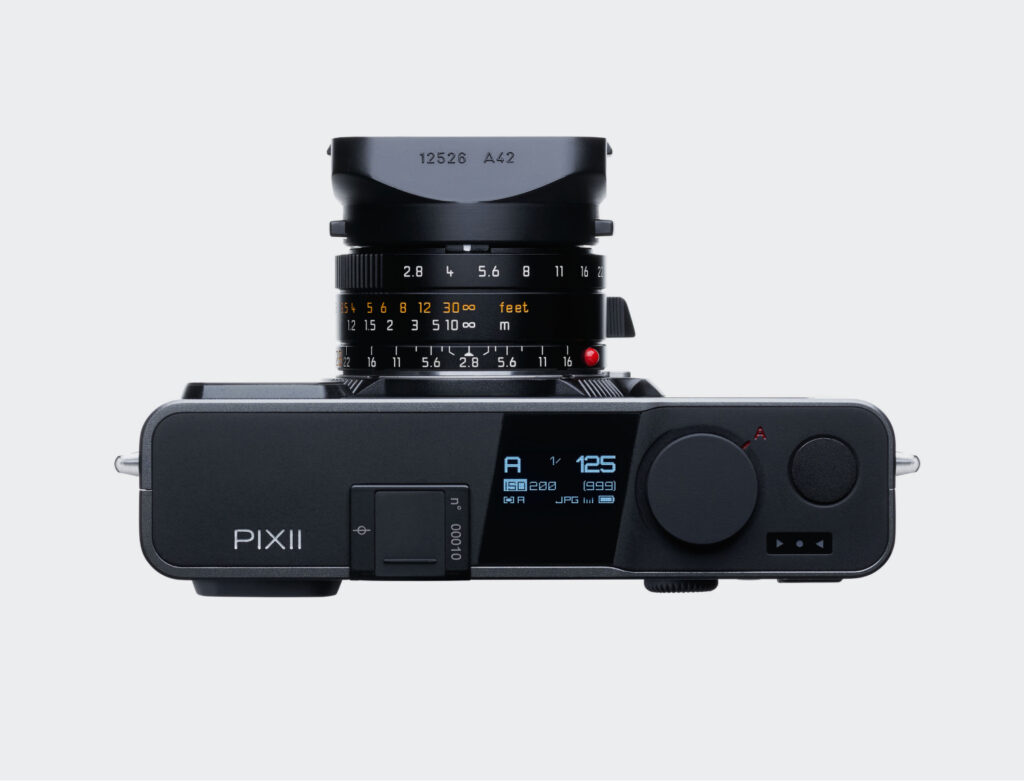
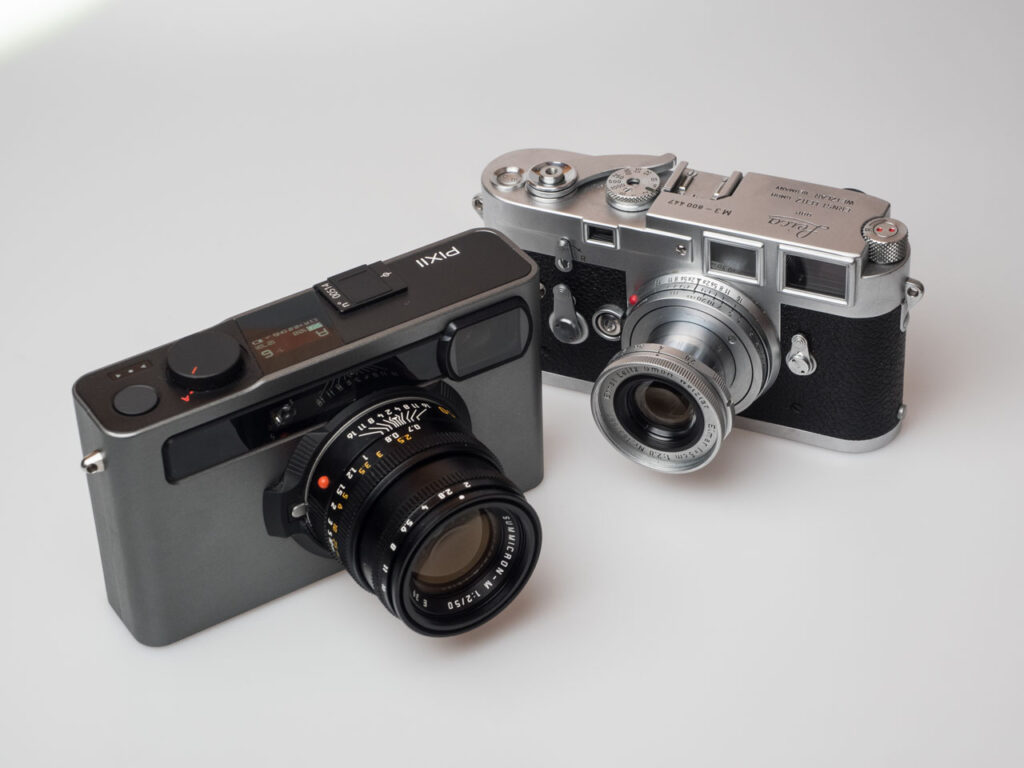




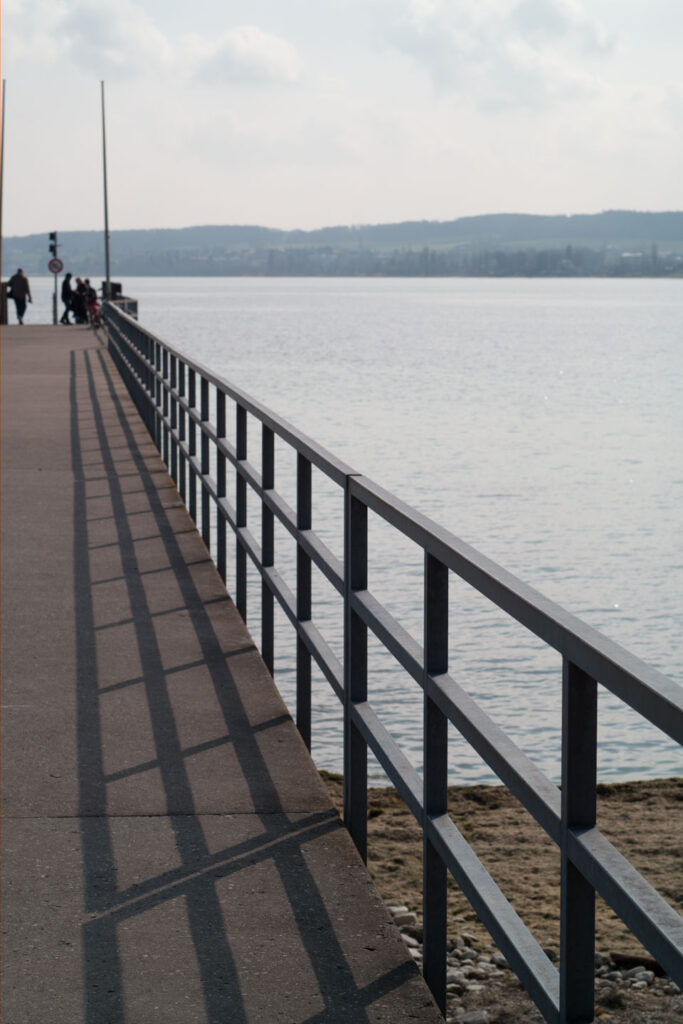
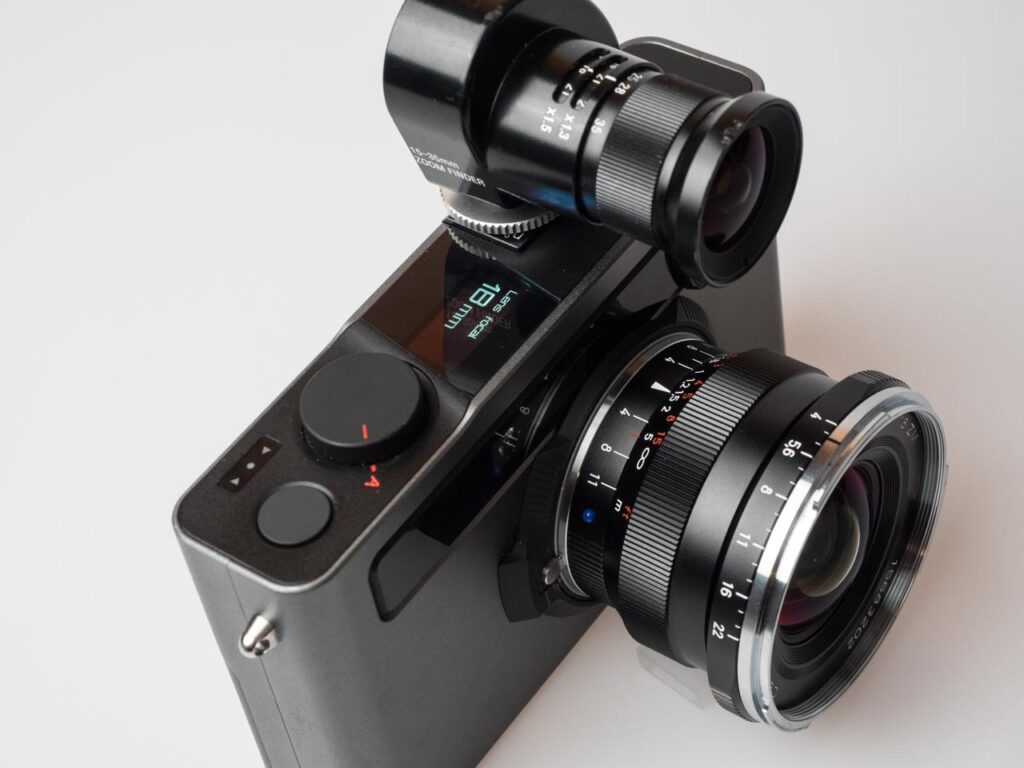



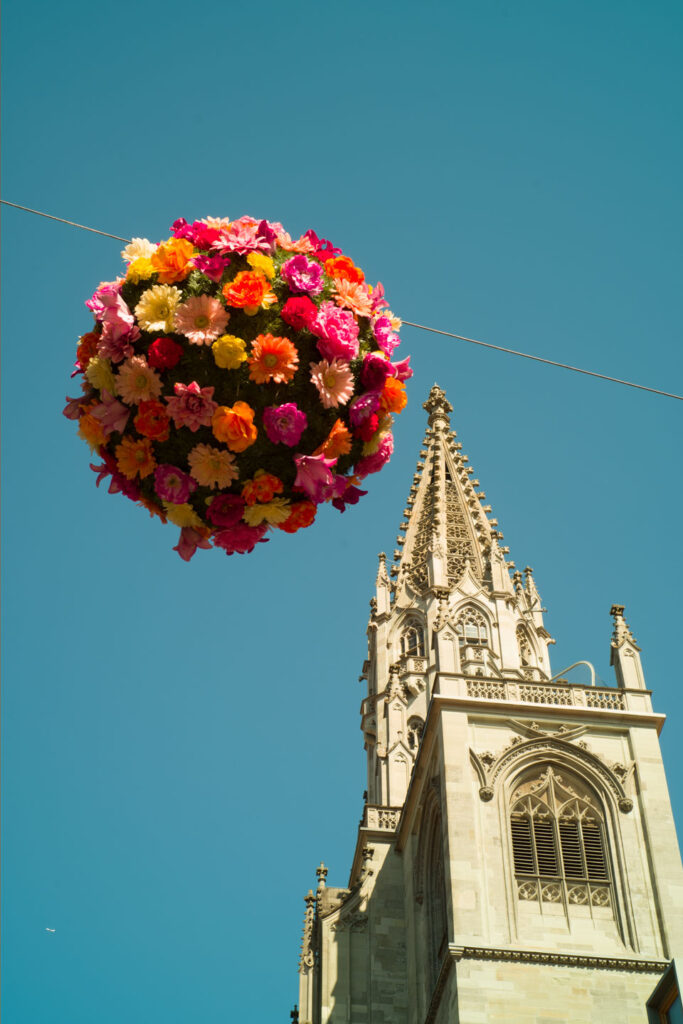
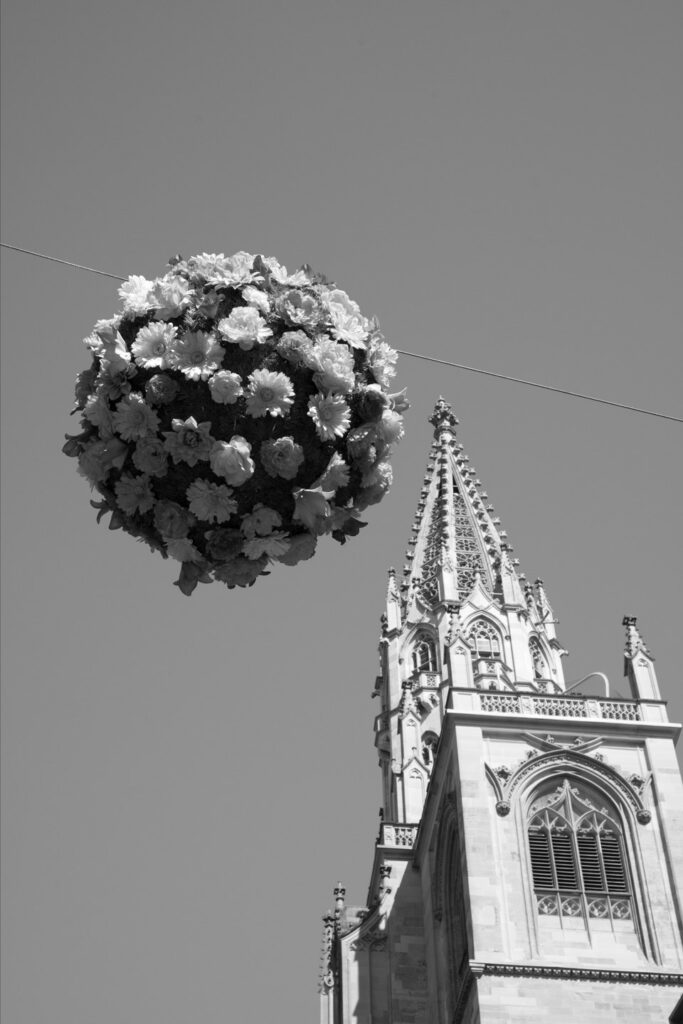

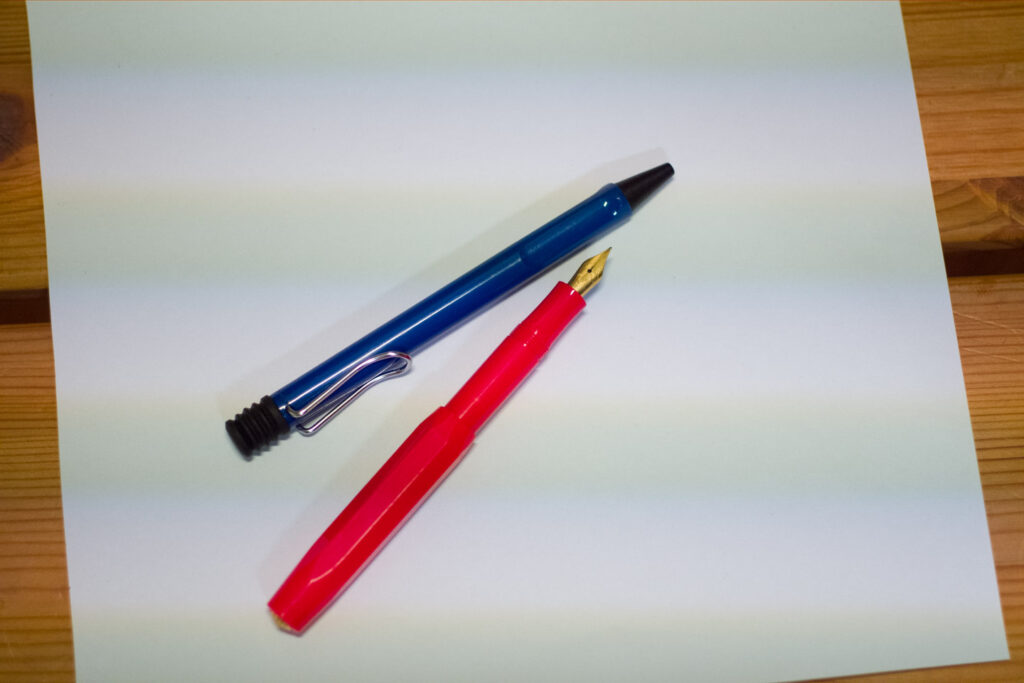

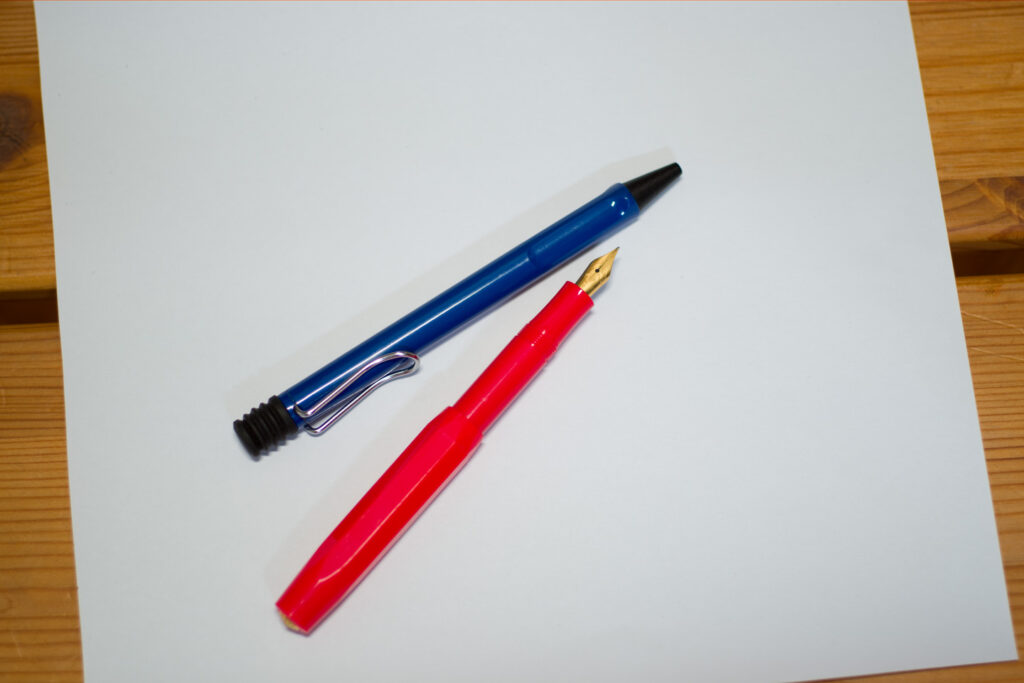
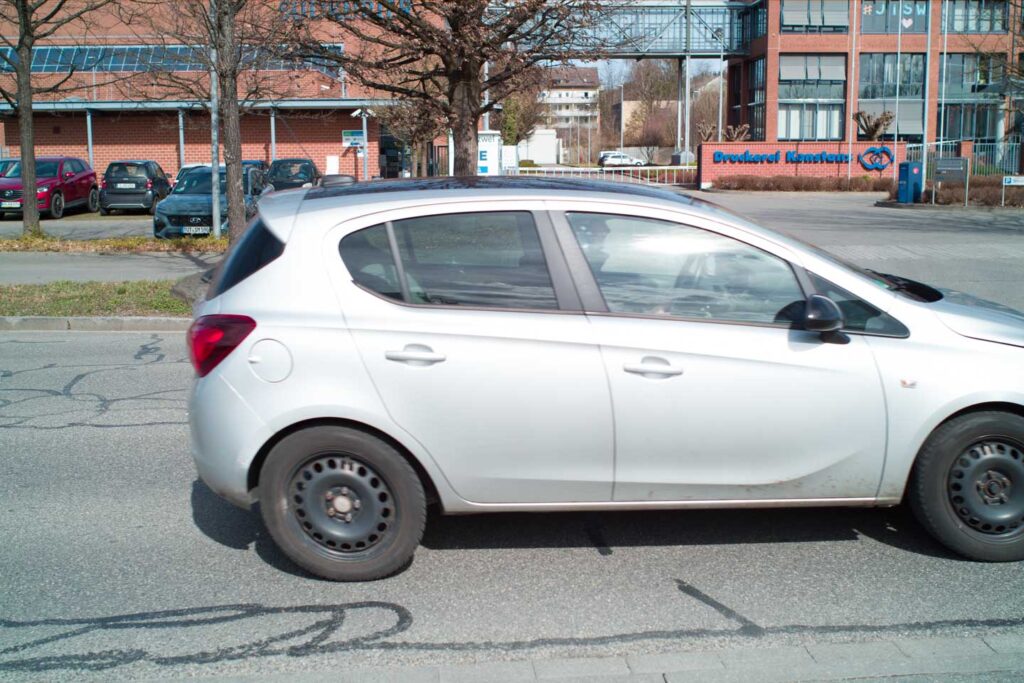


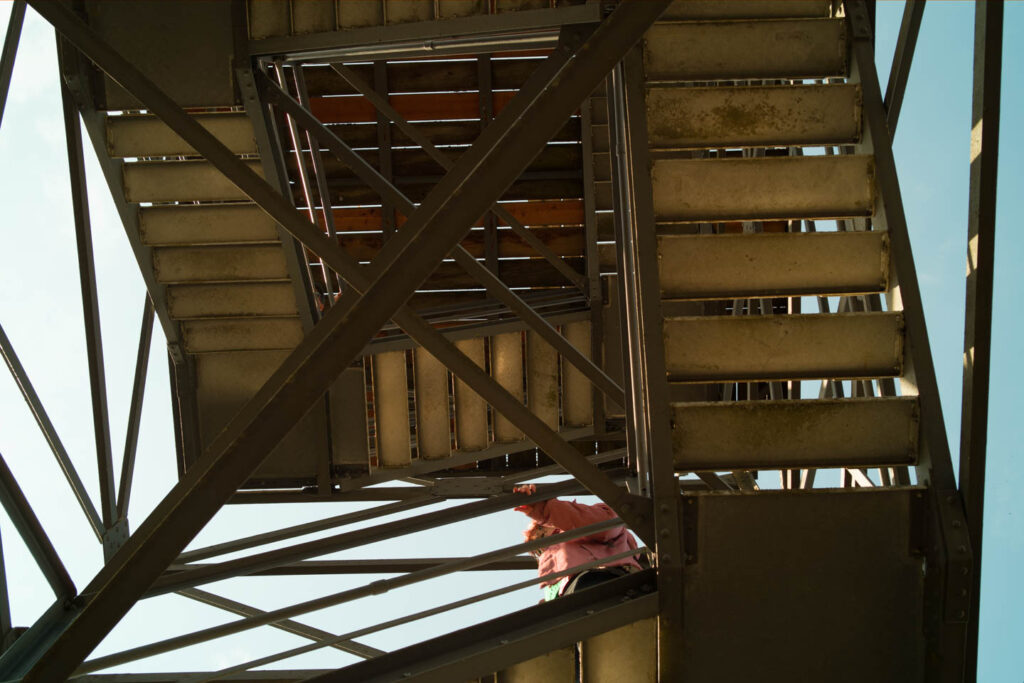
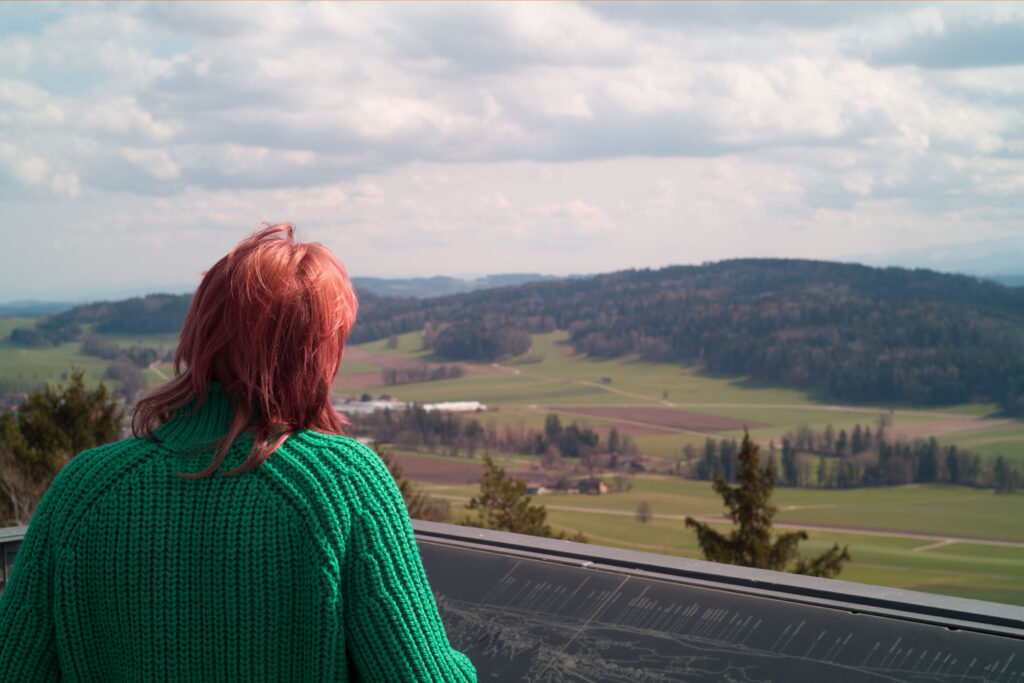







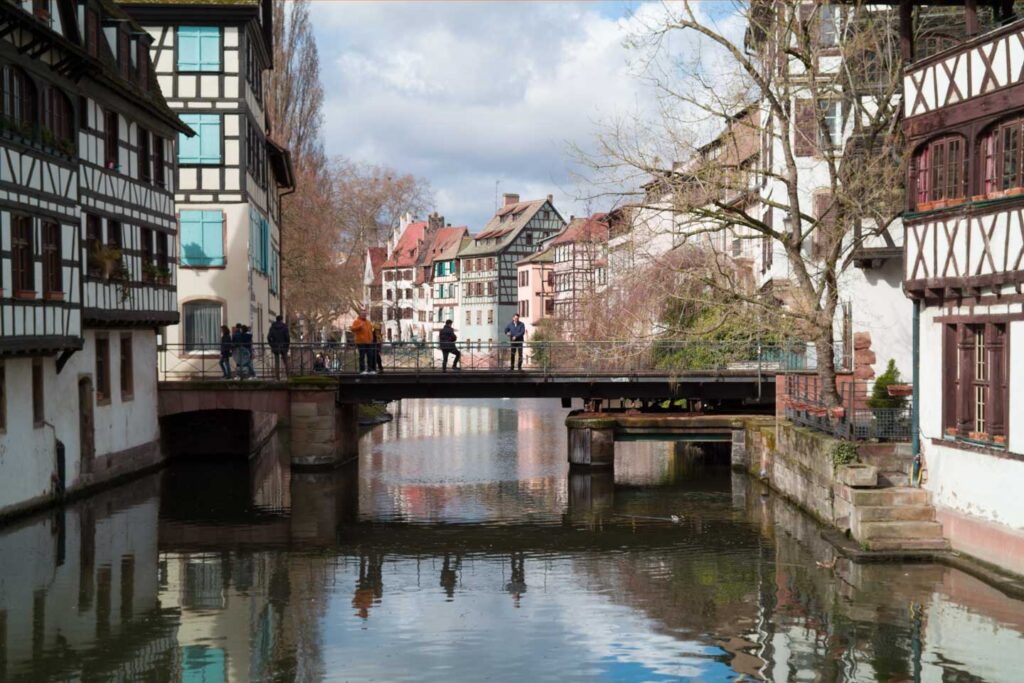
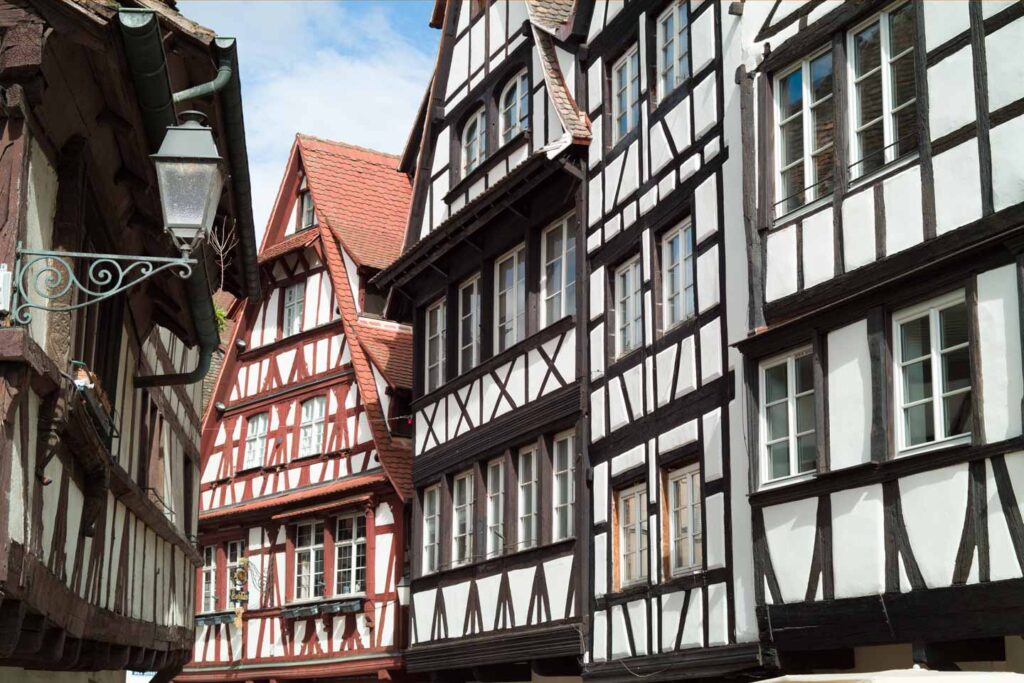









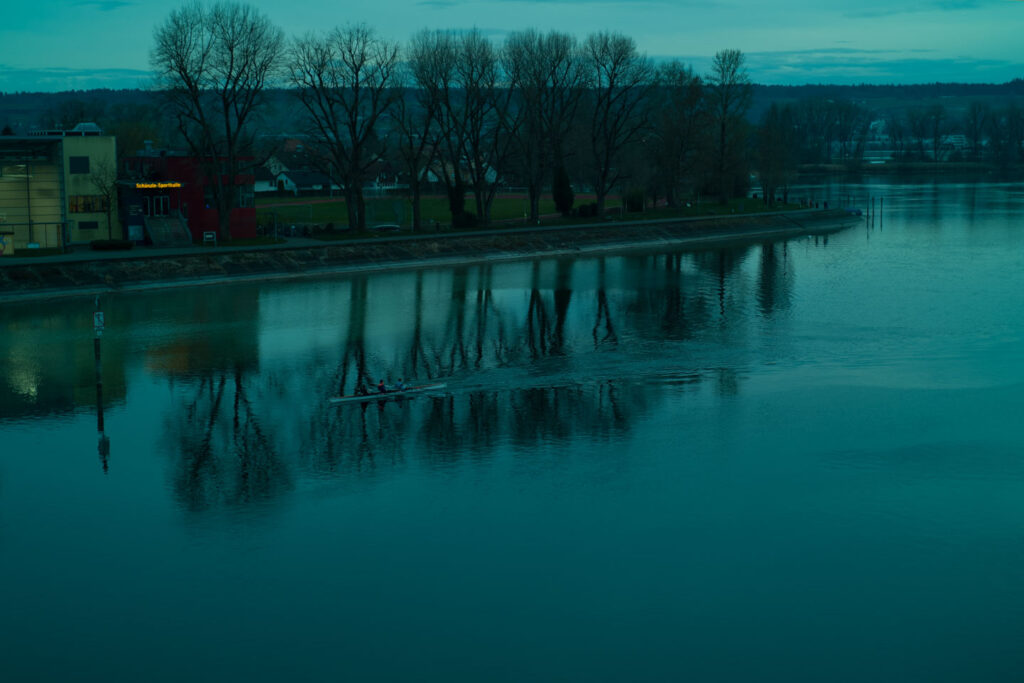



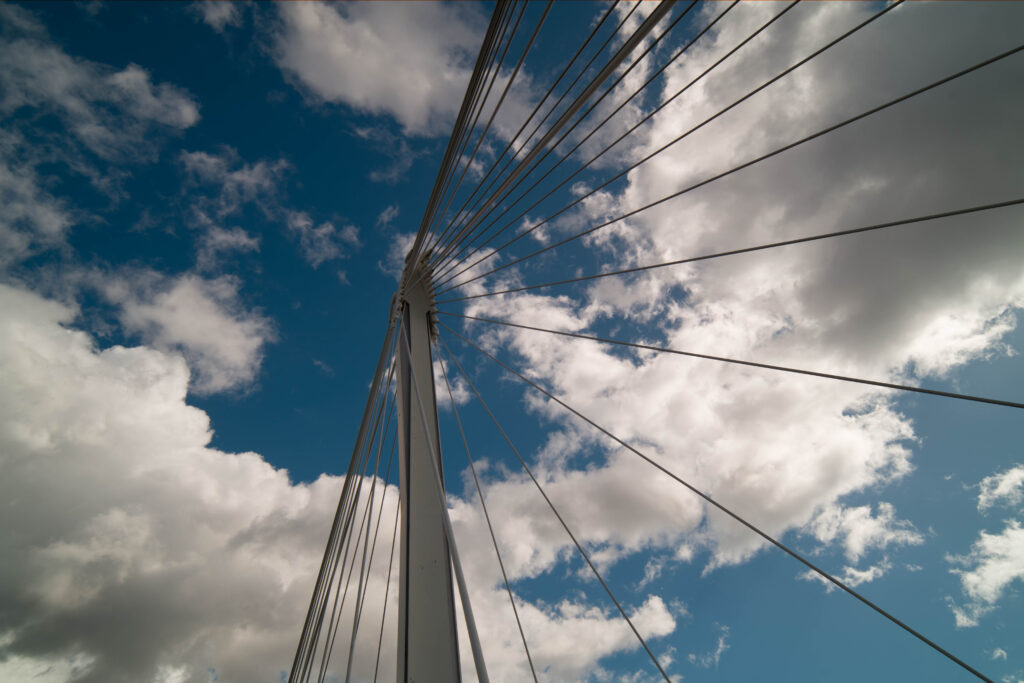
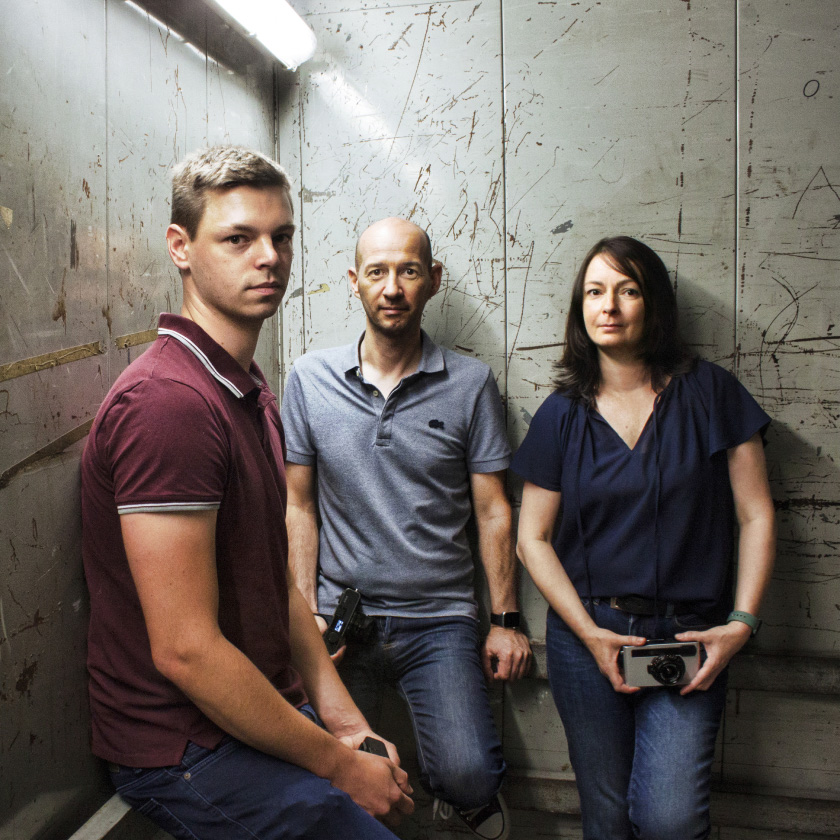
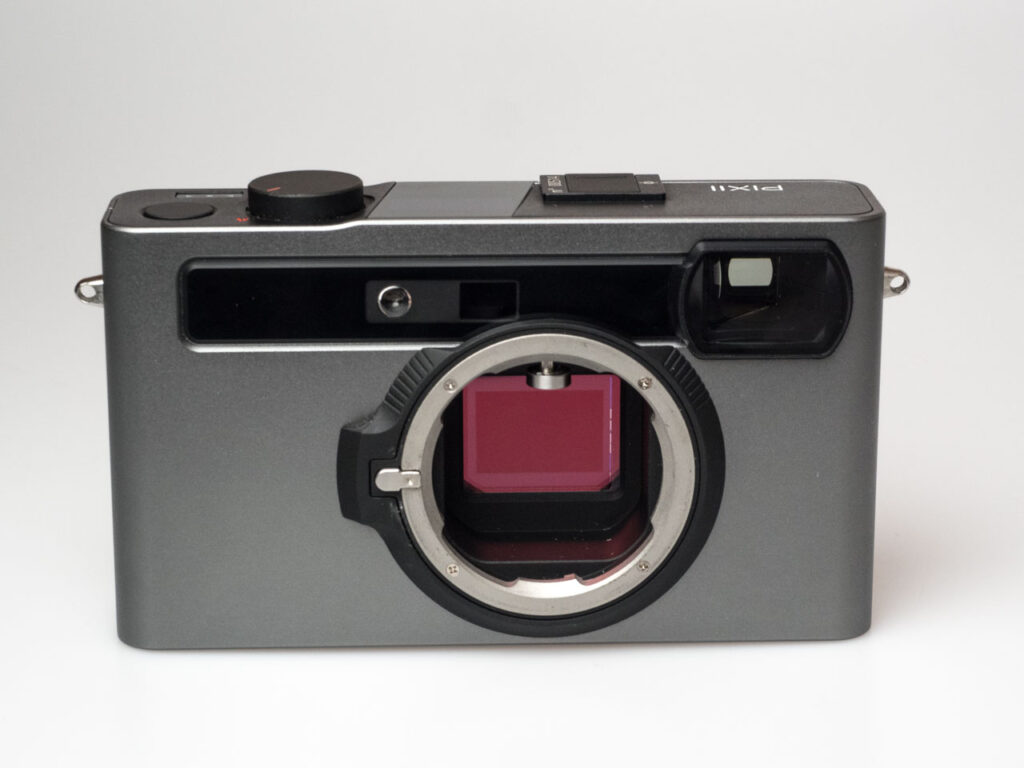









Thank you for writing this review. I am really tempted by the Pixii as replacement for Fuji x-pro3 which I love except I can’t seem to make piece with it’s digital focusing patch at the bottom right corner.
What gives me big pause however is the lack of mechanical shutter, I don’t necessary care for the actual curtain but when shooting with electronic shutter (mode on my fuji) I really miss haptic feedback. Does pixii has some haptic feedback or is audio chirp is all you get with it ?
Another thing giving me pause is the corp factor in combination with m-mount. While there are plenty of fast and compact x-mount lenses to choose from there are very few in m-mount and none under f2, which would be a problem as I tend to have a thing for shooting in low light settings.
I think I would have gone ahead and gave Pixii a try if it was one or the other limitation, but combination of two with questionable resale value makes it really difficult for me.
Any feedback that could talk to my specific concerns would be highly appreciated. Direct comparison to fuji x-mount would also be of great help.
Thanks
Hi Irakli, I am sorry to be unable to provide a comparison with Fujifilm X-Mount as I never used this system. The shortcomings you are listing are all valid and present. On the other hand, the Pixii is a well-built camera with generally very good image quality. If you are decidedly a wide-angle shooter, the Pixii might not be perfect for you because there are no fast super-wide and still compact lenses for M-Mount (think of the huge Voigtländer 21/1.4 which in effect will only be a 31.5mm lens on theh Pixii). All the best, Jörg-Peter
Does anybody already know what exactly the changes are in the new Pixii+Camera?
It’s mainly improvements to the rangefinder so it can work with larger lenses I think. I ordered one a while back but am still waiting on mine to ship 🤞
Hi Pirijan, good luck – and maybe you want to share your experience here once the camera is in your hands. As I have written several times: The project has earned success. And it seems they are addressing the right things with the new Plus model. JP
Thanks so much for this review, the pixii sounds like everything I’ve been looking for and so I ordered one for late Oct. Just a heads up about some upcoming upgrades that may address some of the issues in the review. I received an email from David Barth about my order starting assembly, and that my camera was being upgraded (for no extra charge) with the following upgrades:
- support for larger lenses, with a wider aperture,
- an improved rangefinder for greater precision,
- user-accessible rangefinder adjustments (horizontal and vertical),
- and a magnetic eyepiece for adding optional correction lenses (coming in November).
I wouldn’t mind writing up my own first impressions and review for this site if you’re interested. I’m also a software designer/engineer so I think I’ll have a bit more to say about the app-side of things too.
But as this is my first new camera in a long time (my last camera was a ricoh GR1, before that an Olympus OM-1), I’ll only have one lens (probably a voightlander ultron ii 28mm, unless you’d recommend another 28), and no other camera points of comparison. I’m in Detroit, USA though so if anyone wants to meet up and help me out, I’d certainly be interested.
Ciao!
We are always happy to consider readers’ articles, so please follow the “write for us” link on any article and I will give you as much support as I can. Mike
Hi Pirijan, thanks for your comment. I would be very interested to read about improvements on the Pixii. Unfortunately, I somehow got out of touch with them since the review (or they got out of touch with me). The Pixii is a great camera, and if they keep improving the software and (great news!) even the few parts of the hardware that needed it, it will soon have many new friends. JP
pirijan I would love to read about your impressions of the camera as I’m also considering to get one. Only things that give me pause right now is lack of mechanical shutter (or rather a haptic feedback when clicking a shutter release button) and a crop factor which is more limiting on m-mount lenses than fuji x-mount (which I currently use) that has many fast and compact lens options to choose from.
Really would like to to believe and get behind this start up as I whole heartedly like the concept.
But their customer service leaves a lot to be desired. After waiting months and going through hoops for customs for delivery to the U.S. the focusing patch is not aligned and no response to my emails.
Got $3,500 Aluminum Paper Weight. Which while it looks Great this is not the intended purpose of a Camera. If We count the price spent for lenses this would be a greater loss. Luckily M-Mount is classic and has ageless compatibility to other cameras.
Love the Concept but the Execution Leaves a Lot to Be Desired in a 21st Century Company.
Howard send me an email and I take care of being in relation to you with David. There is necessarily a mistake somewhere because all customers say that the customer service is efficient, reliable and fast.
l.bouchard(at)wanadoo.fr or Pixii’camera users on Facebook.
With no image stabilizer on the sensor to shake off dust and no shutter to protect the sensor during lens changes, one wonders about the sensitivity to dust.
Hi Stewart, the Pixii is certainly a camera that should not see too many lens changes. During my excise use however, I had not many dust problems on the sensor. And if, a gentle blow was enough to solve the issue. I can fully understand your doubts but I would not let them be the factor that puts me off from buying the camera. JP
The sensor is immediately accessible. I frequently change lenses, taking care to hold the camera down after a few blows. In two years I had to clean (eclipse and APS C sticks) my sensor 3 times. I have never had greasy dust as I could have on my mechanical shutter digital camera from Wetzlar.
This is by far the best review I’ve read on the Pixii. I especially loved the attention to detail with the lens recommendations, as I believe this is one of the most important differences between buying a Pixii vs. a Leica digital rangefinder (due to the crop factor and the consequences resulting in lens selection). Also the mention of the consequences of the electronic shutter I’ve not seen discussed in detail, with the examples of the fast shutter readout performance.
Thank you for your work on this!
It’d be interesting if Pixii were able to source an APC-H sized sensor (like the M8) and adjust the framelines accordingly. I think the issue most rangefinder users would have is the lack of strong support for traditionally favored Leica focal lengths, such as the 35mm or even the 28mm. The sweet spot range for this camera between 40mm to 75mm is a bit limiting and odd for a camera targeting such an audience imo.
Additionally, although the fast readout speed of the sensor described surpassed my expectations (I expected bad rolling shutter effects based on other electronic-shutter-only cameras such as the mentioned Sigma Fp), a mechanical shutter would no doubt be preferred for not only protecting the sensor, but allowing for a thinner filter stack as well as eliminating rolling shutter effects completely. I’m sure the production costs would increase from this, but if they are even able to replicate a cloth-shutter similar to the Leica film cameras with speeds up to 1/1000, that would be sufficient and greatly increase willingness for new customers to purchase.
As it stands I’m tempted, but the limitations for the price point certainly have prevented me (and I’m sure many others) from making the purchase. Buying a an older, used Leica digital rangefinder body still seems to be a better bet for the moment (for most typical rangefinder photography use-cases, such as street photography).
Thanks, aeged, for your feedback. I can only confirm everything you are writing. Maybe we will even see a full frame Pixii at one point. This would make the camera far more versatile of course, especially with respect to wider angles of view. I will them all the best, the team is doing brave! JP
Jörg-Peter, Another thing I wanted to thank you for specifically was the discussion about lenses that work with the positioning of the rangefinder window. I have been looking at the Voigtlaender 50mm f/1.2 for my current camera, but I don’t want to invest in it if it would not work for the Pixii as well. It has a max diameter of 63.3mm. Do you have experience with this lens on the Pixii? I do not see a schematic of the Pixii that measures the distance between the center of the lens mount to the rangefinder window, so it has been hard to get a concrete sense of the limitations here.
Best,
MFB
Michael, I see your comment only now. Sorry for the late reply. I can’t say anything about the Voigtländer 50/1.2 at all. I never used it. On the Pixii, it could make for a spectacular 75, but I have no idea how this would work with the rangefinder. At any rate, you would only use a small central proportion of the viewfinder because of the crop effect. Best wishes, JP
Thank you very much for a great review! Would you be willing to share a couple DNG files? Color and monochrome? It would be great to see how the files respond to manipulation, etc.
Keep up the great work,
MFB
Hi Michael, I will get in touch via email in a few days. JP
Thank you, JP. Let me know if you need an address, if you want me to send you a dropbox upload link, etc.
Thanks for undertaking such a comprehensive review, Joerg-Peter. My own Pixii arrived last week – I’ve had limited opportunity to do much daylight hours shooting, other than some basic acclimatisation to the system.
I am not noticing that sky colour shift with my lenses: Elmar 50/2.8 (about 1960), Nokton 35/1.4. Perhaps haven’t shot the “right” conditions for that yet.
Battery life – not a big deal for me, however I don’t tether to the app until I have “finished” shooting. Yes, the battery % does drop rather alarmingly, but I doubt any digital camera user would head out for the day without a spare battery. I see little difference between carrying one spare or two.
Mono DNG – I will probably use the Pixii in a similar way to how I shoot film, about 9 rolls of B/W to 1 roll of C41. If I can do this with native mono, via a menu option (I have ISO on the Fn button), then I’ll be delighted. I appreciate it is not the same level of committment as a film body loaded with B/W, or a dedicated mono digital, perhaps it encourages a bit more thought than merely selecting a jpg film simulation.
Hoping to enjoy some shooting over the long weekend and get some nice images!
Crashing – Initially the camera would freeze on waking up from power saving mode. The framelines, LCD etc would come up, but the shutter was frozen. David told me how to save any error logs, and coincidentally the problem hasn’t repeated since.
Bob, I wish you many great moments with your Pixii and I am sure you will have them. It seems you have the perfect approach to this camera. And Im sure it will improve in your hands. Isn’t that a nice feeling? All the best! JP
I tried the A2572 and as much as. I wanted to love it for me the camera was just to unstable even after what seemingly daily beta FW updates. I purchased it to use it in the monochrome mode and when it worked the files were quite nice yet the constant crashing just drove me crazy
Every time I read you say the 35mm c-biogon is notorious for colour drift I think what the heck is he talking about!
Then I remember I use it on my M240 with the 35mm non asph summicron profile and get no drift at all on full frame.
Since the Pixii has software coming out of everywhere surely a set of profiles like Leica uses would be possible, as having to use a program like cornerfix on every colour image would drive me mad.
All the best, great review Mark
The photos reminds me of what I used to get with my first digital camera by Fuji from early 2001.
The pics aren’t bad for a £150 range Finder.
Hi Ben, the images do not remind me of the images from digital cameras 20 years ago. But your mileage may vary of course! JP
But where can we see Ben’s modern photographs? Where?
Thanks for a very fair and honest and, even, sympathetic review! I’ve had my Pixii for only about a week. I can’t thank David and his team enough for a product like this as they just don’t come along often. For those who can’t roll with some bumps in the road, this camera is not yet for you. For some of us, the Pixii is exactly the courage we’d love to see in products more often. Love the site – thanks for all the work to create this review.
Hi Sterling, thanks for your feedback. I worked hard to be “fair and honest”, and as I wrote, the Pixii project deserves both sympathy and support. Great you are one of those to trust in David and his team. I fully agree that we have to thank them, they are more than brave, and all their innovative spirit is just great. Have wonderful experiences with your Pixii, the “bumps in the road” will you make a better driver for sure! JP
My biggest issue and “blocker” for buying this camera is the lack of viable lenses that can give either a 28mm or 35mm FOV on the APSC sensor, and also the fact that the viewfinder does not contain framelines for these focal lengths. If a future rendition can solve that (along with some battery life optimizations) I would have no hesitations purchasing it, till then I’ll wait.
Hi Cian, see my reply to SlowDriver above. I think Pixii will have an answer to this at one point. Technically, if could be either a model with a modified viewfinder (different magnification) or a model with a bigger sensor. So stay tuned. JP
Interesting observations and comments! Thanks JP for the review! Apps and orange filters aside, my main issue with the Pixii remains the APS-C sensor, not the sensor as such (I own Leica APS-C cameras and the Ricoh GR III) but the crop factor for full frame M-mount lenses. I mainly shoot 35 – 28 -21 mm in that order and although not impossible on the Pixii it’s not exactly ideal and I really do not feel like buying new M-mount lenses to compensate for the crop factor. Pixii does have my warmest sympathy and I sincerely hope all goes well for them.
Thanks, SlowDriver. If you prefer angles of a 35mm and shorter (in full frame terms) lens, the Pixii in its current form is not ideal for you. That’s a pity because the images can be pretty unique as you see in the photos. But please stay on track, I would not be surprised if Pixii had an interesting offer for your use pattern sooner or later. JP
I bought my M10-P only a few years ago, so I am still good for a while, I hope Pixii eventually goes full frame and if they mature a bit more (and manage to keep the fire burning) they might have a successful product in their hands.
Excellent review and mirrors my own experience with my Pixii. I have had a Pixii for 4 months and taken about 1,000 photos ranging in the cold of a Canadian winter to the heat of my Jamaica vacation.
On the negative side the Pixii will shut down from over heating if too many photos are taken in a short time, the auto white balance is inconsistent and I completely agree that average metering is inconsistent and both under and over exposes.
On the positive, I love the camera! The freedom of just shooting worrying only about the basics of photography with a range finder. The in-camera menu is easy to use, (I don’t use the app at all), the lack of rear screen is freeing and the range finder is excellent.
I use mine with a Leica 28mm Elmerit, a Voigtlander 40mm 1,4 and a Voigtlander Helier 50mm 3.5 (my favourite lens).
There is a uniqueness to the colour images that I can’t replicate in Lightroom with other cameras. The images are very sharp, warm, tend to strong reds and blues.
Monochrome doesn’t feel special, greys are flat.
I would recommend the Pixii to the person who has 1 or more cameras that already meet their needs but wants to explore, have fun and enjoy an experience that is connected to both film cameras of the 1960s and modern digital cameras, who doesn’t mind losing shots to the growing pains of a unique camera and company.
Dear David, thank you for your wonderful feedback and for sharing your experience. I agree in all points. I hope (and I am sure) you have many wonderful moments with your Pixii! JP
Hi David, thank you so much for sharing your experience. Regarding the overheating issue, does it happen to you that after turning on the camera for several minutes, the camera body already becomes warm? not hot but WARM? this happened to me when I used Fujifilm XT20 and olympus pen f, and as I live in Bangkok, a warm body after only a few minutes turning-on is a big No. Grateful to hear your answer.
Needs to be used with an app. Ugh.
JL Williams above just pointed out that it doesn’t!
Only required for chimping
best
Jono
Ok, that’s a relief then. Thanks.
AS a Pixii owner I never use the app for photography. Everything except the initial wifi set up can be done from the menu in camera. I only use the app for software/firmware upgrades.
Doesn’t. Yay!
Kathy Davis wrote: “I also wonder why this camera exists.” Allow me to hazard a guess, based only on external examination: Digital cameras are utterly and increasingly dependent on proprietary components. The upfront investment needed to create the application-specific integrated circuits (ASICs) alone is multiple millions of dollars, not to mention the supporting components needed for driving LCDs and EVFs, writing to memory cards, encoding video, etc. This dependence makes startup costs for a new camera brand prohibitively high, and makes a camera non-serviceable as soon as a single proprietary component goes EOL. Pixii avoids all these complications simply by omitting them! Instead of processing images on a custom Maestro or DIGIC or Expeed ASIC, it implements all its major functions as software running on a general-purpose ARM Cortex A55 processor and an FPGA. A small example of the benefits of this approach, harvested from the Pixii blog: During the pandemic, one of the OLED displays became temporarily unavailable. A different OLED with the same display characteristics but different specs WAS available… so the company revised the code allowing either display to be used. With most cameras, phase-out of a major component would have forced a manufacturing change to support its replacement, most likely palmed off on consumers as a “new improved model”…
Ah! Thanks for this insight — both into the camera business in general, and how this camera departs from it. Great information to have!
Thinking about your post: might it be possible for the manufacturer to implement a major upgrade in camera capabilities , simply by switching out some components and a bit of software (in factory, of course).
Quite a bit less expensive than buying an entire new camera, if it were possible.
Hi Kathy
Not to pre-empt JL, but Pixii already have a brilliant upgrade path for their cameras (you’ll see that (to quote) ” I have owned a Pixii (model A1571, later updated to A2572) “. The. beauty of this kind of architecture is that it is feasible and cost effective to upgrade cameras.
All the best
Jono
Thanks for that. I didn’t understand hte reference to the different models, so I did a bit of webbing after reading your comment, and came up with the following. I must say .. what I wouldn’t give to have the sensor in the M240 upgraded to over double the megapixels!!
Hamish Gill at 35mmc (https://www.35mmc.com/10/12/2021/pixii-review-new-upgrades-and-some-personal-experiences/) wrote
“not only are Pixii still going, but they have just updated the camera with a series of significant upgrades ….Since I recently received mine back from having these upgrades, I now have a camera that’s better than the one I originally bought without the expense of completely replacing it. It’s had a new sensor, a new USB-C charging port, now shows a wider range of information in the viewfinder and has had a fairly significant firmware upgrade.
“The new sensor is possibly the biggest upgrade in terms of headline specs. It’s now 26mp – more than twice the 12mp sensor it came with originally. It’s also a bang up to date sensor from Sony that’s found in some other contemporary cameras.
“Next up is the new viewfinder. I’m actually not sure what they’ve done to it, technically speaking, but the frame lines are now brighter, there seems to be less internal reflections and the information displayed in the viewfinder is more useful. It now shows pretty much any info you want it to, shutter speed, ISO, exposure compensation, camera mode, how many frame you have left, and you can even operate and view the entire menu within the viewfinder should you wish. Shutter speed and ISO have been my choice for what info I like to have visible.
“The final hardware upgrade is an upgrade from the previous USB mini port to a USB-C port. Actually, as I’ll get to in a second, this hasn’t been plain sailing for them, but I still much prefer it over the old style USB mini port which made the camera feel a bit dated to me.”
This modular approach and a willingness to update existing owners’ hardware is a big plus for Pixii. I don’t know to what extent this is a general policy, however, and we have to bear in mind that Hamish is a special case. I’ve discussed the Pixii with Hamish several times, including when he first bought his camera. Older Leica hands will remind us that the factory did offer an upgrade service in the early thirties. Paradoxically, early cameras that have been modded to incorporate later features are now marked down in price because they lose their originality…
I can add to that that David Barth pointed out to me that, in general, update options will be available to all interested customers. Indeed a M240 with its great battery and other features with a new sensor and image processor (which would be needed in this case) sounds very promising. But als JL explained, this might be close to impossible because Leica and other genuine camera brands use so many super specific components. So let’s hope the Pixii concept succeeds. As I wrote, this is a massive chance for sustainable products. JP
Hi JL, thanks for sharing these insights. That’s really interesting, and I am sure all theses points also help to make the Pixii sustainable, both as a commodity and an investment. JP
It’s hard to know where to begin except by saying that I have owned a Pixii (model A1571, later updated to A2572) since October 2021 and have used it to shoot thousands of photos, many of which have been useful in my work as a marketing professional. It’s gratifying* to read such a sincere, detailed, and well-intentioned review of it. BUT, it’s dispiriting to see inaccuracies and misinformation that undoubtedly will bounce around the internet for years, so that when I am recounting knowledge based on extensive personal experience, someone will rebut it with a comment of “That’s wrong, it said in MACFILOS that…”
Rather than getting down into the weeds, I’ll just dispute one major and one less-major point that might affect someone’s decision to use or not use this camera:
1) “The Pixii rangefinder camera needs to be used with the Pixii app.” No, it emphatically does not! The only function for which the app is essential is the new live-view feature on the A2572. And the app is helpful for remote shutter release and if you can’t resist the urge to “chimp” the pictures you just shot (although you also can do that via the embedded web server rather than the app…) If you can get along without this form of digital reassurance, you can use the Pixii to its full capability without ever opening the app, or without even carrying a smartphone. Bonus: Going Original Gangsta in this fashion will do wonders for your battery life as well.
2) The fact that using the Pixii in monochrome mode with an orange filter produces results different from your Leica M10 Monochrom experience does not mean the monochrome mode is “hype” or “useless.” It just means it’s different from what you had expected. Orange-filter enthusiasts might want to beware, but surely that’s a somewhat limited viewpoint…?
Not that I am complaining. The information content is useful, and the “You will be disappointed…” and “You can be very happy…” sections provide a genuinely useful philosophical guide for prospective buyers. Still, I can’t help wondering how things would have turned out for a reviewer who had kept the app turned off, left the orange filter at home, and had never heard of camera companies beginning with “L”… 🙂
PS — A little poking around in the log files will tell you what the sensor is…
*It’s also perversely gratifying to scan the comment section and see professional Leica enthusiasts gathered nervously to pounce, all the while pretending that vagaries such as excessive IR sensitivity, spontaneously-erased memory cards, and corroded or oil-spattered sensors are completely unknown in their holy temple…
Hi JL
Good points about the app – especially related to the battery – if you keep a Leica actually tethered to Fotos it doesn’t do the battery life much good either!. How many shots do you get with the camera if it isn’t tethered to the app?
I think the point about the Monochrome DNG files is that you will have more flexibility shooting colour DNG, and you won’t lose any resolution or dynamic range either. The only obvious benefit is that it’s sometimes useful to impose a discipline on yourself.
As for the colour cast which is evident on many of JP’s images. Do you find this an issue? I would expect it to be a problem with some of the more esoteric wides, but probably not so much with more modern 35s. I’d be interested in your take.
I hope you didn’t think of me as a nervous Leica enthusiast ready to pounce. I only have good wishes for the Pixii – I almost bought one two years ago and I’ve tried to contact David Falt on a couple of occasions to see if I could help with testing or a write up – I guess he’s a busy man as he didn’t come back to me. It isn’t even that ‘competition is good’ I think it’s a really brave venture and that they deserve to do well.
All the best
Hello, Jono!
Thanks for your interest, and no, I don’t think of you as a nervous Leica enthusiast!… I was thinking more of some of the commenters I’ve been reading on other fora. Some quick responses:
— Battery life: I seldom keep track exactly, but on a recent evening, shooting as I normally shoot (app off, no wifi) I made about 640 photos, which required using three batteries… so, I’d say I average a little over 200 photos per charge. I realize this is not great, and I wish it were better, but I manage with it. Dream: for some third-party manufacturer to make a nicely-styled add-on grip with a higher-capacity battery…
— I agree 100% that shooting in color and converting to mono in post gives you more flexibility to deal with unexpected tonal mergers and other nuisances. If you’re an experienced b&w shooter you probably avoid these by instinct, but it’s not always possible! So, I try to bring up this point to anyone considering buying a mono-only camera. Having said that, I do find that using the Pixii in its “computational monochrome” mode gives me more flexibility in pushing the gray values around in Lightroom than I get with a color-converted file; I’m not sure why, it just seems to work!
— Color cast: I’m more of an indoor documentary shooter, so differing conditions may be a factor, but I haven’t ever seen that type of artifact. I use mostly modern Voigtlander VM lenses and Canon rangefinder lenses from the 1960s. A long-shot theory about JP’s issue, going back to my experience using an Epson R-D1 camera: I wonder if this might be caused by light being reflected off the camera sensor and then re-reflected from the rear element of the lens back onto the sensor? There were a few specific lenses I used on the R-D1 that were prone to this, and the effect looked somewhat similar.
Thanks again and best regards!
Hi There JL
Thank you for your detailed response – All sensible,
battery life is what it is – nice if it were better, but at least the batteries are cheap!
The colour cast is something I go back to 2004 working with Kodak and the SLR. it was a problem then and more difficult with M lenses (which is why I started working with Leica in 2007). There are lots of factors – including cover glass thickness which it looks like Pixii have addressed. I loved the Epson R-D1! what a great camera, and it’s very relevant in terms of thinking about colour and the Pixii.
At any rate, I’m making an attempt to talk to Pixii as I’d like to get involved and perhaps be helpful.
The World needs more rangefinders!
best
Jono
Absolutely, Jono and JL,
the world needs more rangefinders and rangefinder enthusiasts. As I wrote, the Pixii projects deserves (and needs) support. Jono, I think you could be very helpful. JP
And one last thing about colour cast or colour drift: I have been experimenting with this four years now. It is erratic when it occurs: Mainly on short lenses (no surprise), in cloudy but sunny conditions more often (but also in other instances), shooting with against the sun or with lateral sun more often (but also with the sun from behind), in interiors very seldom (as JL points out).
Anyway, we’ll see how the Pixii project matures (or should I say: that it matures?). In this mind all the best to all fellow rangefinder photographers, JP
Thanks for correcting the “needs to be used with the Pixii app” as that was fatal for me to consider this camera.
You’re welcome, Brian. It did not anticipate that for so many a statement in a review is interpreted as a fact, but then again this might be due to language. All the better when my attention is drawn to such cases. JP
Dear JL,
thank you very much for all your knowledgeable feedback. It’s great to have you here. I reply briefly to your points.
I think, the b/w topic is not very much a matter of disagreement. The Pixii produces good b/w files in my eyes, but it has a sensor with a Bayer pattern, so b/w DNG files can’t create much of an added value. That’s just a matter of fact. If you think it is wrong to use an orange filter to improve b/w images, this is perfectly fine for me. But I ask you to respect that I have a different viewpoint. My kind of monochrome photography is based on physics, and filters do play an important role in it.
As a reviewier, I have the OPINION that the Pixii makes little sense without the app. The whole concept of the camera is, according to the Pixii website and to all David Barth told me, based on connectivity. Both the Pixii and the app are doing very well in this field – I highlighted this. Of course, it IS possible to use this camera without the app. In my case, the image files would have been severely affected with a date of 1/1/1970 after each and every battery change (that is: frequently) which destroys my image database in Lightroom. Furthermore, the setting of parameters is designed to be made intuitively be means of the app. You can also go the clumsy way. You can waive to assessment of your images after taking them on a display and the security in your workflow that is connected with this option. You can, surely, have a Leica M-D experience (you can also ride fixed gear bike without brakes). But I find that not so rewarding. That’s all I wanted to express.
As to your feelings concerning Leica users: I’m one, but I’m no fanboy. I draw the connection between the Pixii and Leica cameras because they address a similar audience, and because there would be no modern and good M-mount lenses if Leica had not managed to survive (despite the open hatred this brands sometimes experiences). Without Leica, the Pixii wouldn’t exist either. So, no need to be sarcastic. And no one knows how the Pixii’s sensor or the whole camera will perform in, say, 2033. I do hope it will work well in ten years’ time, and I strongly believe it will, because the Pixii team are serious about what they are doing.
All the best, Jörg-Peter
I want one but not now. Maybe in a year.
Hello! I’m thinking about the as a travel camera because I can use my Leica lenses in a very light package.
How much viewfinder blockage did you get with the smaller 28mm and 25mm Leica lenses? I’m sort of a maniac for seeing the whole rangefinder frame, and currently use small Leica Summarit and Elmarit lenses exclusively for this reason. Thank you!
Hi Paul, thanks for your feedback. There is no viewfinder blockage with the Elmarit 28 ASPH version I without the lens hood. For the Summicron 35, the image field is even smaller. The Summarits I was not able to try. But I think with the 35mm frame lines, there is enough space outside. All in all, it is a good idea to use small lenses on a rangefinder camera, I could not agree more on this. JP
Thank you Jorg-Peter. This is so helpful.
Maybe this is in your review and I missed it, but when using a 35mm or 28mm lens how big are the floating viewfinder frame lines compared to (say) 50mm and 35mm respectively on Leica, which I think are about the equivalent?
I guess this is a subjective question, really — but just wondering which sized frame lines feel comfortable to use, and if with the 28mm you can easily see the whole frame without moving your eye around (or if the 35mm frame gets too small like a 75mm on a Leica!). Thanks!! Paul
Hello. Paul and all the curious. Go to the Pixii Camera Users facebook page you can find a diagram specifying the dimensions to respect to avoid blocking the Finder.
This is quite the tour de force: the review that is. Most reviewers go about their review, then answer questions. Your taking the questions, then doing the review, must have made it exponentially more difficult!
I particularly appreciated your sections “buy/don’t buy if”, as well as the advice “perhaps you would be happy with a used M240” — advice which I took in 2019, buying a mint M240 plus EVF for $2600. I’ve never regretted it.
As for this camera: I have the same concerns as I did with the CL: the top plate. I felt the multi-dial and OLED would be too complex for me to use easily (of course, I made that judgement without actually trying the CL!).
i also wonder why this camera exists. It’s certainly a triumph for those involved in the project. And one has to appreciate a rangefinder at a third the cost of contemporary Leica. Is that accurate, though? Because the camera seems ‘stripped down’ of many features that would make it easier and more reliable to use.
That said, there are many photographers here whom I greatly respect, who found the CL exactly the right camera for them. Perhaps so with this new entry.
Thanks, Kathy, for your feedback. Sometimes it’s not so easy to come to a fair verdict. The Pixii projects deserves support and sympathy, but it’s not finished yet. So, I tried hard and invested quite some thought to balance the already good and the not yet so good things. The potentials enormous after all. And why this camera exists? Because a small team is on fire and want to create something new, an alternative way into the rangefinder world. They neither claim it’s the only one nor it’s the best one. Oh, and the rangefinder in my copy was perfectly accurate. JP
Thanks JP for an excellent report – sounds like the rolling shutter is not an issue.
One thing – quite a lot of your shots seem to be pink in the middle and green at the outside – pretty much wherever there is any sky in the frame. (the red boat) Particularly the one Near Frauenfeld, Switzerland. 1/2000 sec., ISO 160, Zeiss C Biogon 35/2.8 ZM (exposure adjusted) – this looks like a classic colour shift issue to me . . . or am I missing something?
All the best
Jono
Dear Jono, quite right. There is some colour shift, but I tried to explain that there are absolutely no profiles applied (neither in the camera nor in Lightroom) and yes, the sensor is demanding. However, colour shift is relatively easy to correct, another point where Pixii users should be prepared to invest time and talent and post processing. Maybe this has not become clear enough. JP
Hi There – I realised that no profiles were applied, but you wrote:
” Even with notorious lenses such as the Zeiss 35/2.8 (review here in The M Files) or the Voigtländer 21/4 (The M Files), I saw no corner smearing or bad colour drift. ” If there is no smearing, then that’s something! but I don’t find colour shift even remotely easy to fix (and I spent so long at it way back when). That was a few years ago, maybe it’s easier now, but the interrelation with the White balance seemed to me to make it impossible.
I understand that you’ve done nothing to fix it with these pictures, but considering the pillory Leica was put into back in 2008 or so for much less colour shift, it seems to me to be something they will have to address somehow!.
Like you, I really like the idea, and applaud them for the attempt, but the terrible battery life, the colour casts and the rather silly idea of monochrome DNG files with a Bayer filter (which wouldn’t matter except that lots of people will be taken in by the idea) seems to me to make it pretty unattractive!
PS – I really want to like it – I even had one in my shopping cart a year ago! It’s nothing to do with being partisan.
All the best
Jono
Jono, thanks again. You are right, and I rewrote the paragraph on colour drift a bit. And I fully agree on your b/w verdict. Those are no genuine monochrome DNGs, however beautiful they look. All in all, the project deserves a lot of sympathy and support in my eyes. It’s just not finished yet. For an enthusiasts’ camera it might suffice for me and many others, but I would not use a car or a climbing rope at this stage of development. JP
Hello, I’m a bit late to the game and pixie owner (as well as Q2 and m9)
I’m affirmative : you DO have a difference in details between Pixii color DNG converted to B&W and Pixii computational B&W. I confess it’s pixel peeping but very fines details are better rendered in B&W mode.
I have screen capture of the same shot taken at 2 sec interval and you can see artifacts in the color converted image that you didn’t have in the B&W image. If you want I have those screenshots at your disposal (very boring photo only taken to compare the two modes.
Jono, I really appreciate your questions without any subjectivity… I think you should look at Pixii’s color management from the angle of the LUTs provided with the case and available on the Pixii website for Lightroom users. Judgling on some DNG messages processed by looking at a screen, and comparing it to the M8 for example, seems very perilous to me!
Thanks Joerg-Peter for your review. To me the Pixii begs a huge question. What could the Leica TL have become if Leica had continued to develop it?
It makes you want to weep doesn’t it!
Best
I does. However, the TL system was different of course with autofocus and electronically controlled diaphragm whereas the Pixii is MF, manual aperture control and M-mount. But all in all, the TL system with the APS sensor did not use its potential. But maybe the weak response to the brave move with the unconventional T/TL discouraged Leica… JP
It at the very least raises a number of questions that will probably never be answered. A handful of enthusiasts can keep an APS-C system running whereas a company like Leica cannot…
The Pixii has not been on my radar, nor is it likely to make it. However I do like its clean lines, which are slightly reminiscent of my Contax T2. But thank you, JP, for your comprehensive report. It will be interesting to see how it matures.
In my eyes, David, this is exactly the right angle to look at it: “how it matures”. I wished these had been my words. Well said, thank you. JP